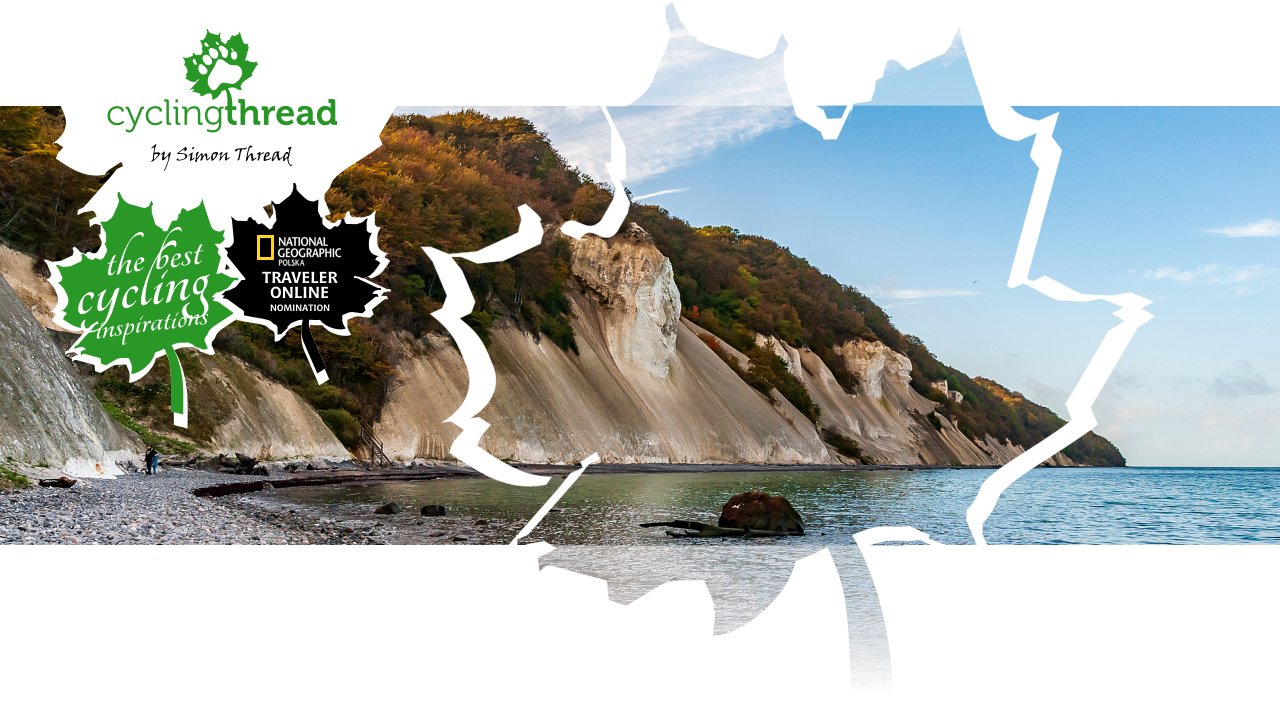
Cycling Denmark on EuroVelo 10. Copenhagen and the Baltic Sea
What's the deal with the famous bicycle culture in Copenhagen? Is cycling tourism in Denmark treated with the same exceptional regard as biking through the city? What does the Danish Baltic Sea coast look like? And are the seaside cliffs in southern Denmark truly the crown jewels of the Baltic? These were the questions I pondered as I pedaled along the Danish stretch of EuroVelo 10 - a bicycle route encircling the Baltic Sea, one of the most popular cycling routes in Europe. The answers I found were not always what I expected, but most of them emphatically confirmed the fact that Copenhagen and Denmark are a cyclist's dream come true.
Route on the map
GPX file (GPS track): cyclingthread.com-denmark-2019.gpx
EuroVelo 10 in Denmark - table of contents
- Cycling around the Baltic Sea on the EuroVelo 10 route
- A modern hybrid ferry across the Baltic
- Cycling through the world capital of copenhagenization
- Copenhagen boasts sixteen bicycle bridges
- The Polish bridge dubbed a fatal mistake
- The heart of Copenhagen's Inderhavnsbroen opened amid critique
- Drug delicacies in the surprising Christiania
- A police operation in Christiania right before my eyes
- A bicycle bridge that connects three shores
- The most visited place in Copenhagen
- A ski slope on the roof of a waste-to-energy plant
- Reffen - a street food festival in Copenhagen
- One of the most overrated attractions
- Copenhagen's bicycle culture over monuments
- A Danish museum of art in public space
- No beach windscreens, kebab stands and music
- Colorful houses built from Baltic cliff
- The key to the house was waiting on the door
- A picturesque cliff on the UNESCO Heritage List
- One of NATO's most important military bases
- Special roadside lanes for cyclists
- Beautiful gothic churches along the way
- The highest cliffs over the Baltic Sea
- An unpleasant solution outside the summer season
- Scenic natural trails along the Baltic waters
- View of the world's largest cruise ship
- Another excellent coastal route
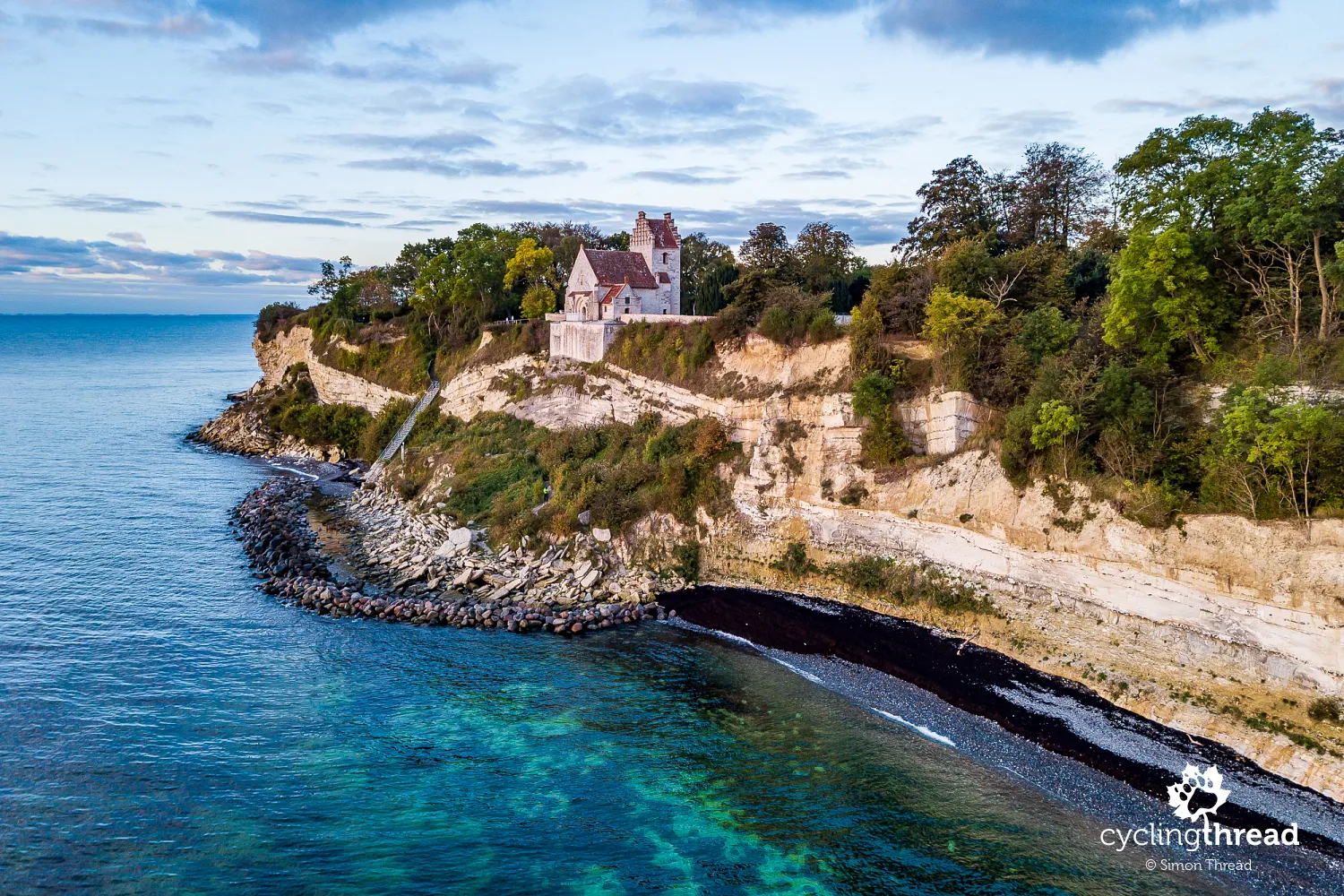
Cycling around the Baltic Sea on the EuroVelo 10 route
The European bicycle route EuroVelo 10 encircles the Baltic Sea with a staggering 9,000 kilometers of cycling adventure that attracts thousands of tourists annually. Through the Biking South Baltic! project, countries along the southern Baltic coast had the opportunity to expand and rejuvenate the route's cycling infrastructure, with notable successes in Poland - specifically in West Pomerania and Pomorskie (Pomerania). With support funded by the European Union, cycling conditions around the Baltic have also been enhanced by northern Germany, Latvia, and notably cycling-friendly Denmark, where I covered approximately a 300-kilometer segment of the route stretching from Copenhagen southward through the country. I didn't anticipate discovering a region so tranquil that peacocks could parade on its roads as if they owned them.
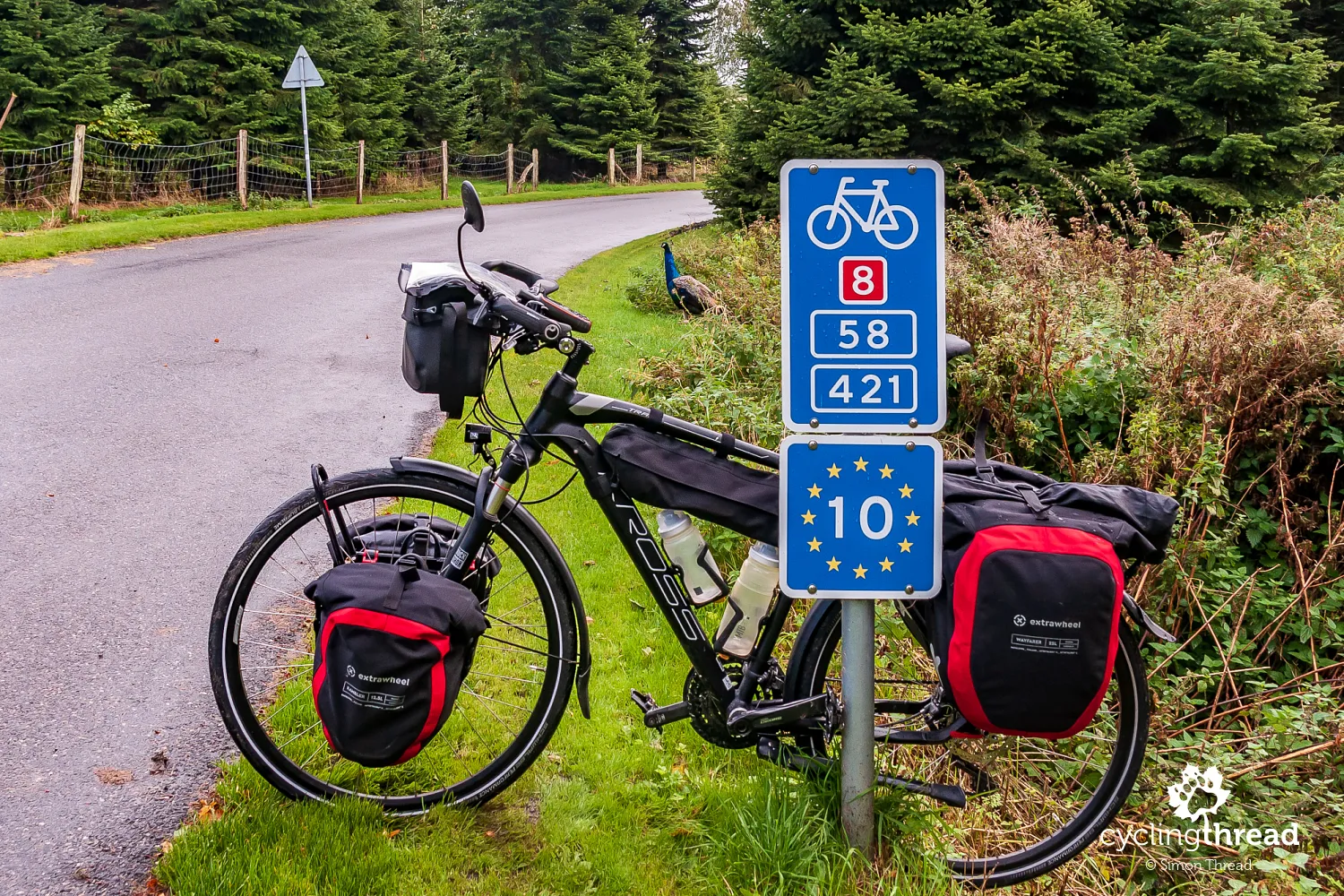
A modern hybrid ferry across the Baltic
Even the journey to the starting point of our cycling expedition in Denmark offers its own set of attractions. Among several options of transportation to Denmark, I opted for a ferry ride from Rostock in northern Germany to Gedser - a town on the southernmost tip of Denmark. It's here that two modern hybrid ferries ply the waters, blending traditional diesel propulsion with electric power. Both on the M/S Berlin and the M/S Copenhagen, one of the five diesel engines has been replaced with an electric motor powered by batteries boasting a capacity nearly equivalent to 200 average hybrid car batteries.
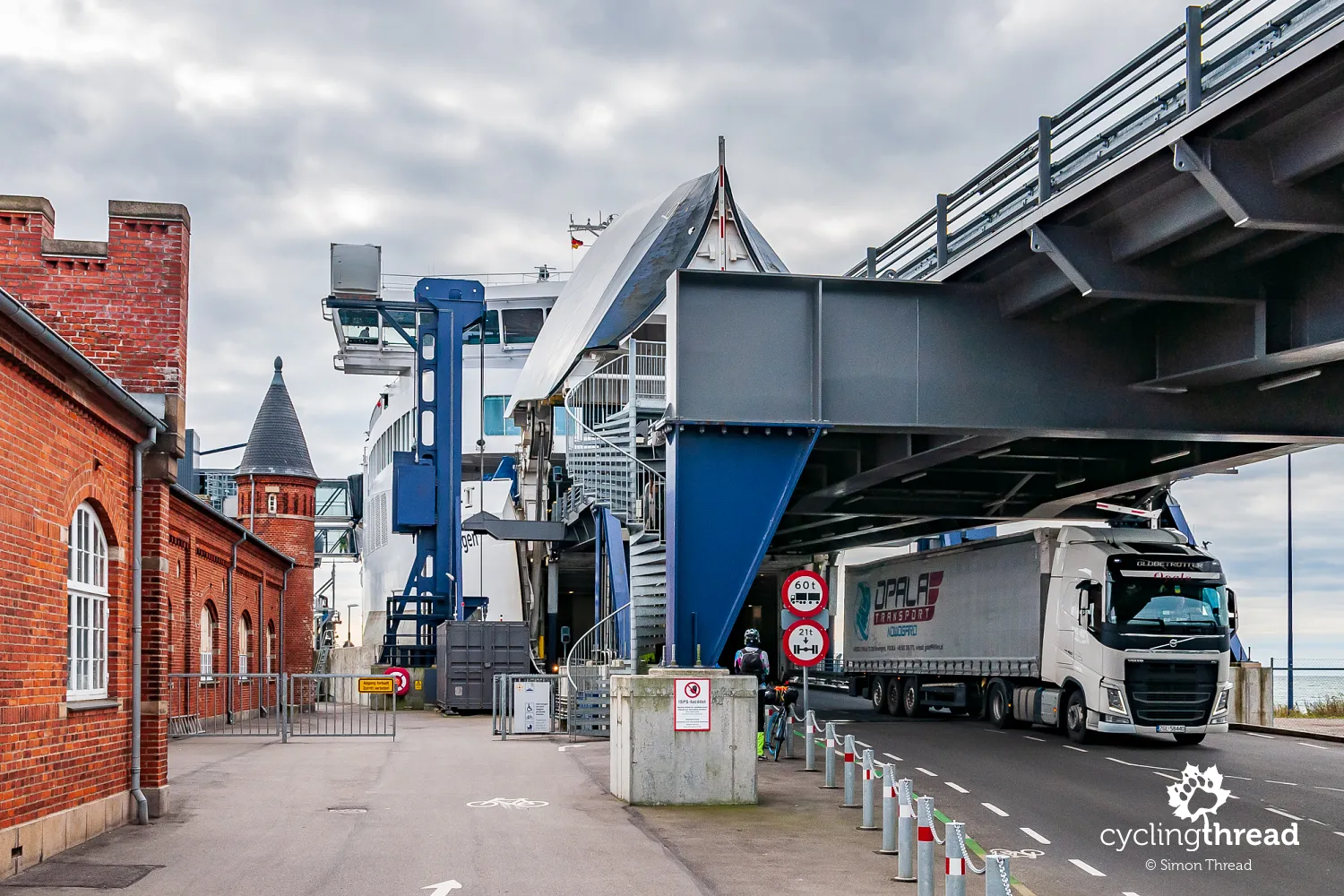
For cyclists, there's no discounted fare on the ferry - first, waiting to board among columns of dozens of trucks, then parking alongside them in the vast cargo hold of the hybrid ferry. I wonder, is it safe to leave all my luggage here? After a moment of hesitation, trust in humanity prevails. I take only my most valuable possessions, and the elevator lifts me towards the sun, just beginning to rise over the Baltic. During the passengers' stay on the upper decks, the lower loading area is locked, theoretically restricting access to both the trucks and my bicycle with the rest of the luggage.
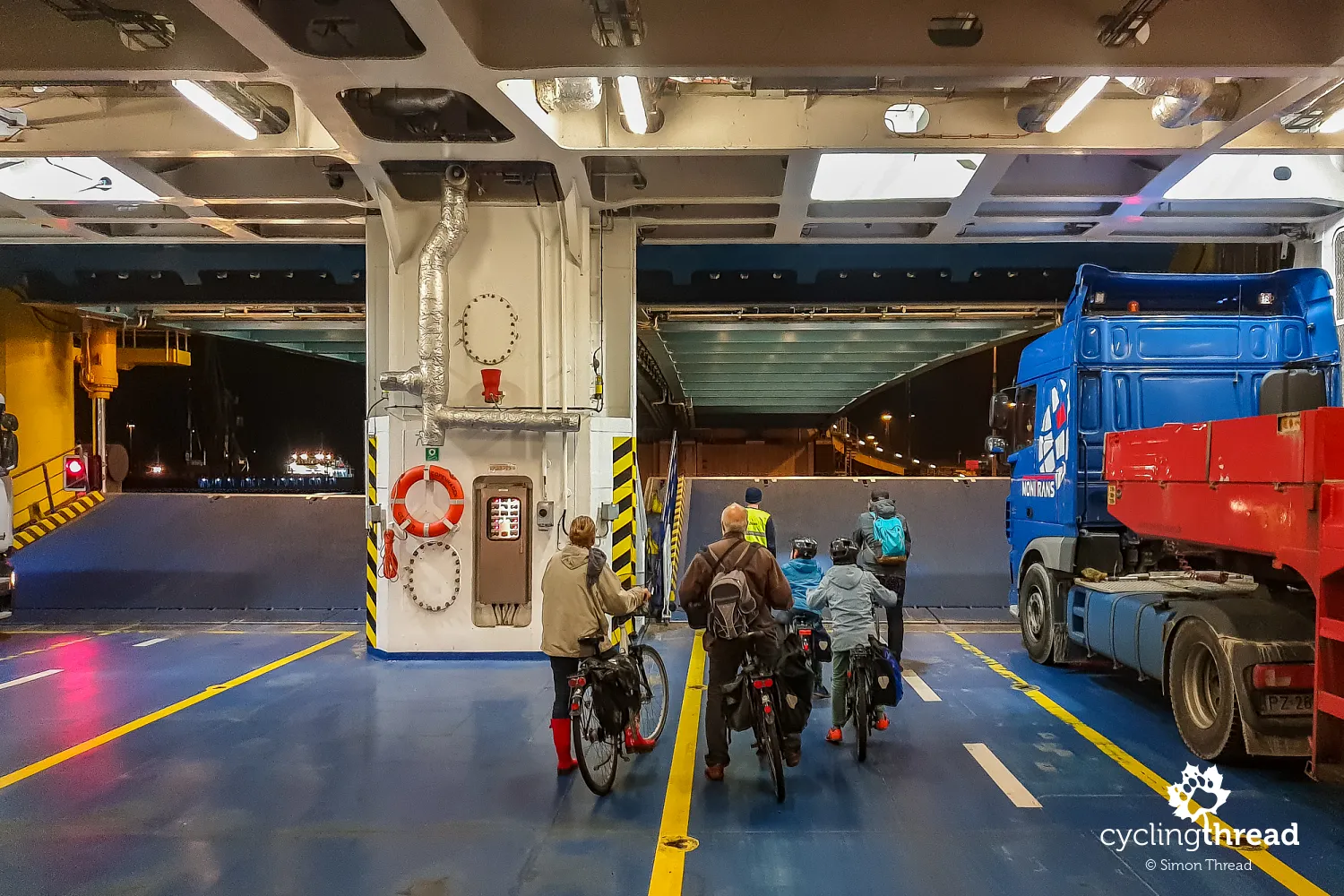
Two hours later, I disembark onto the Danish island of Falster. To reach the capital, Copenhagen, I still need to cycle a few miles to the town of Nykøbing Falster, catch a train to Copenhagen, and then spend another two hours onboard. Yet, these first miles after leaving the ferry reveal the kind of tranquility I vividly recall from our trip to Bornholm years ago. On the secondary roads between Gedser and Nykøbing Falster, cars are virtually nonexistent. It's only on the busy E55 highway, alongside which runs a safe bicycle path, that traffic picks up. Everywhere is clean, colorful, aesthetic - exactly how I imagine Denmark to be.
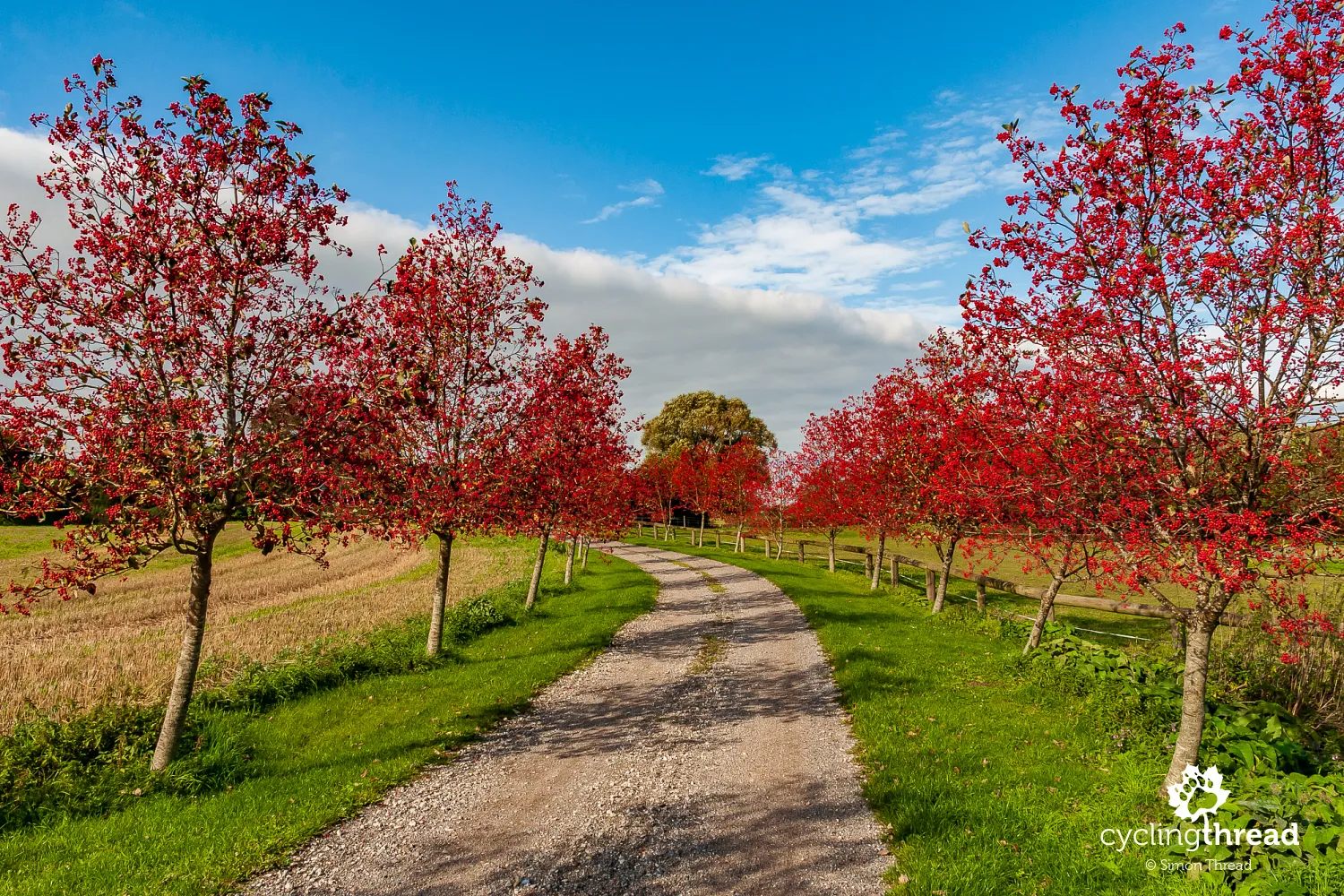
Cycling through the world capital of copenhagenization
In the afternoon, I arrive at Københavns Hovedbanegård, the main train station in Copenhagen, and immediately dive into the whirlwind effects of Copenhagenization. It's the capital of Denmark that has given the English term "to Copenhagenize" a whole new meaning. Today, Copenhagenization refers to the process of human-induced changes in urban life, giving pedestrians and cyclists the highest priority in transportation policy, thereby enhancing the quality of life in the city. Over half of Copenhagen's residents choose bicycles over cars for the speed of reaching their destinations, and mastering the art of navigating Copenhagen's bike lanes is a basic skill here. There's no room for leisurely rides; the rapid rotations of thousands of bike cranks power the city's bloodstream. Even the green wave of traffic lights in Copenhagen is adjusted to the pace of bicycles, not cars.
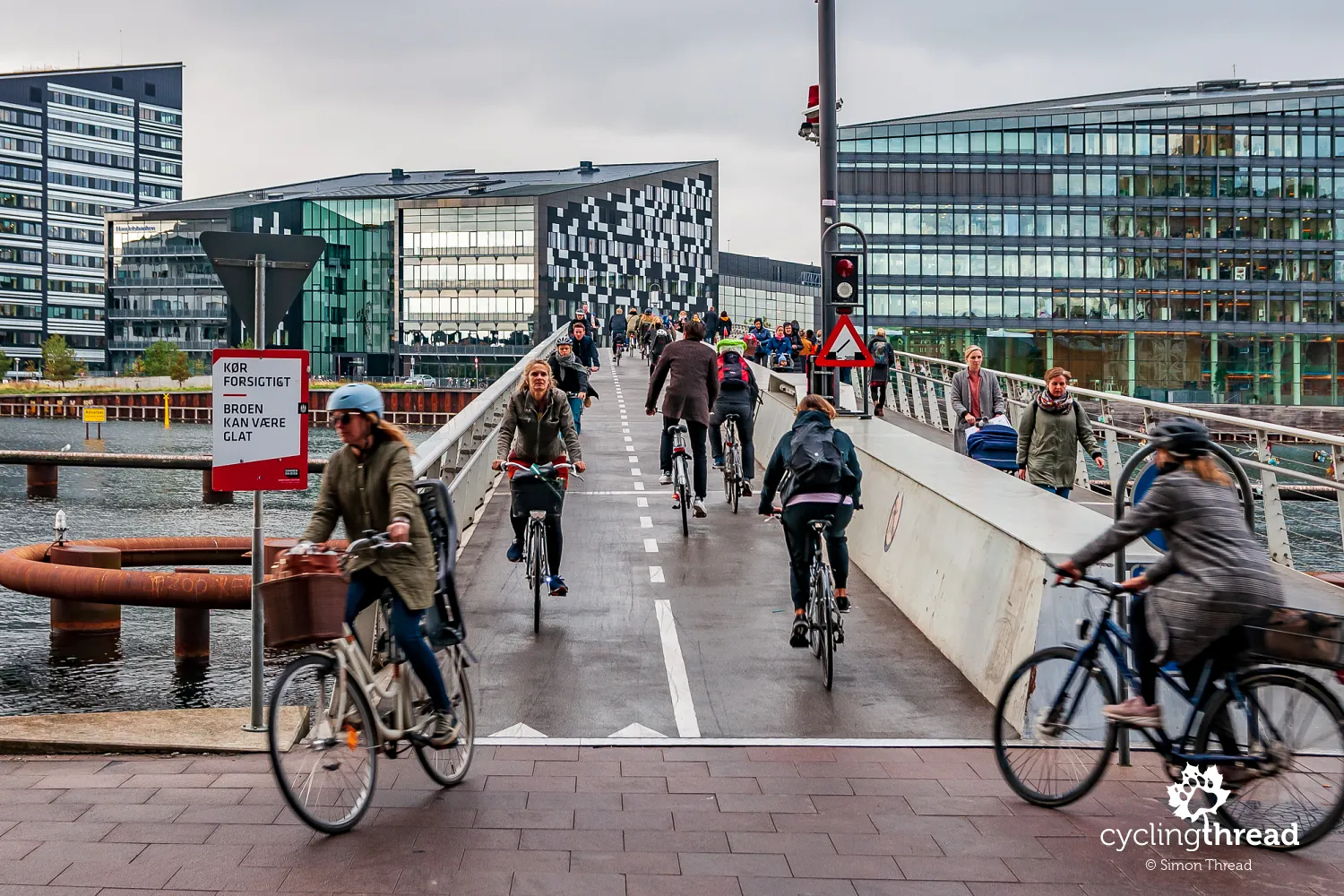
Copenhagen boasts sixteen bicycle bridges
A challenge for urban architects in Copenhagen was to reconcile the maritime element with cycling. The city, situated on two islands and further dissected by historical canals, was connected by as many as sixteen bicycle bridges of various sizes and designs in 2019. Perhaps the most famous is the Cykelslangen, or Bicycle Snake, whose 230-meter cycling path snakes on high supports over one of the canals and between Copenhagen's office buildings. It's continuously streamed by urban cyclists heading to or from work, school, shopping, or a date. However, recently, another of Copenhagen's bicycle bridges has been making noise, unfortunately due to... Poles.
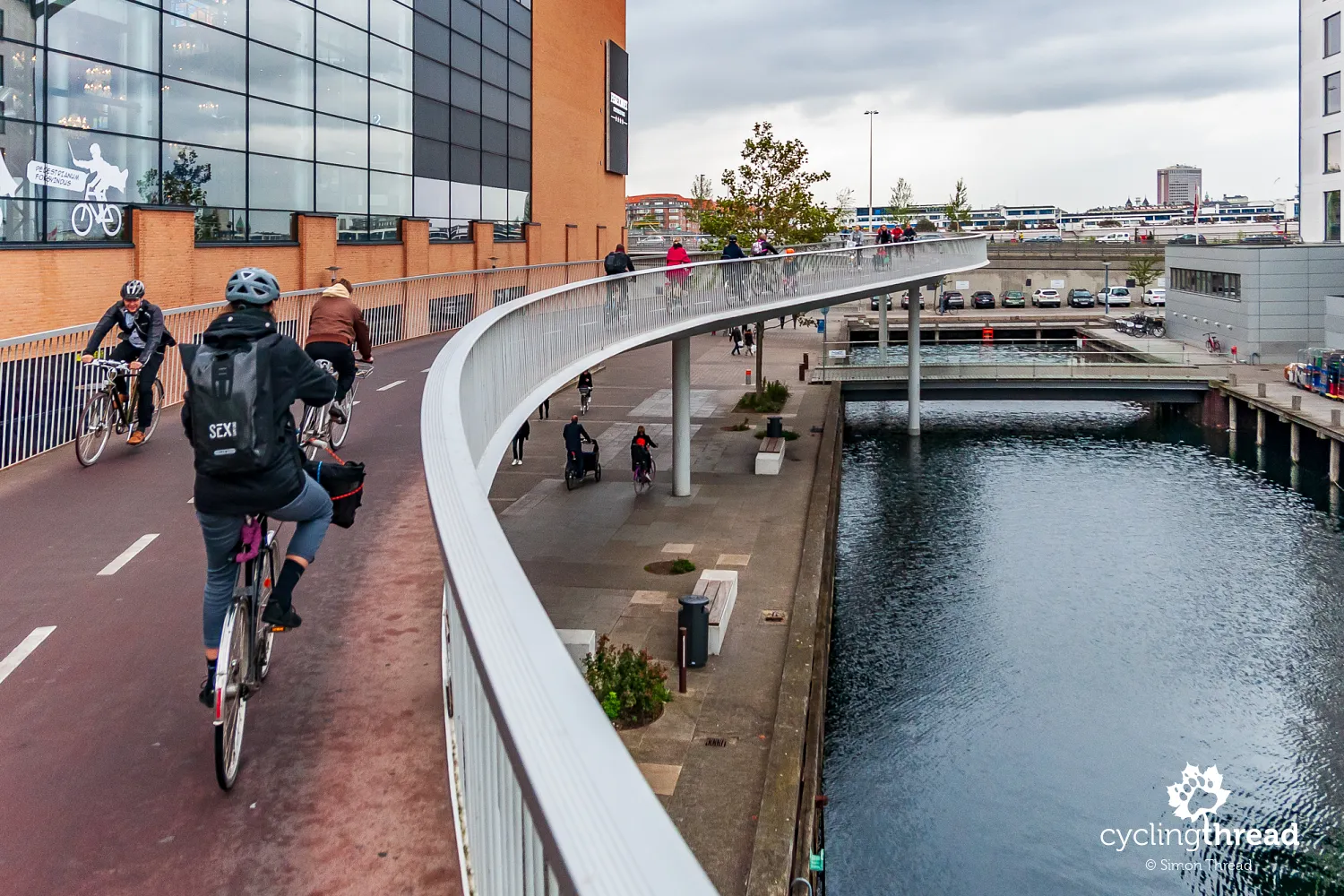
The Polish bridge dubbed a fatal mistake
The Inderhavnsbroen bridge, designed by architects from the Polish Studio Bednarski and nicknamed the "kissing bridge" for its sliding span construction, was immediately branded a fatal mistake by Copenhageners. The average cyclist instantly notices the flawed design of bicycle traffic on the bridge, leading to numerous emergency braking marks. The "Polish" bridge in Copenhagen quickly proved to be too steep, and its surface too slippery on rainy days. The dangers awaiting cyclists crossing the Inderhavnsbroen are highlighted by red and white elements that the Danes have placed on the transparent barriers of the bridge and the too sharp turns designed by the Poles. Polish architects are even accused of failing to consider the code of best cycling practices that Denmark has developed over the years.
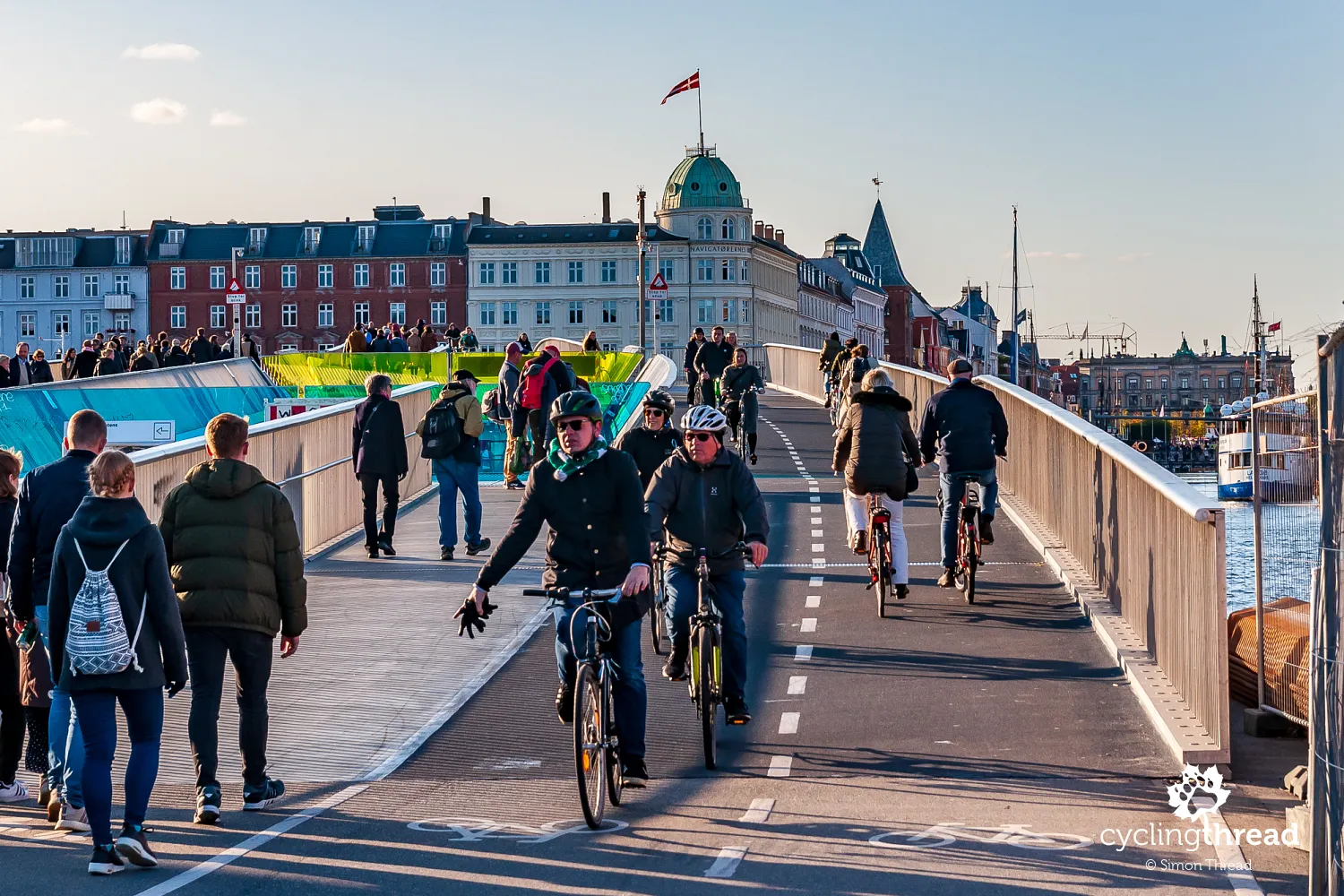
The heart of Copenhagen's Inderhavnsbroen opened amid critique
Following the opening of the Inderhavnsbroen bridge located in the heart of Copenhagen, Danish and international media repeatedly echoed the sad conclusion of mobility expert Mikael Colville-Andersen. Colville-Andersen believed that designing a proper cycling structure by an architect from a country where cycling is still not taken seriously as a means of everyday transport was doomed to fail from the start. The suggestion to replace the nickname "kissing bridge" with a more fitting "missing bridge" speaks volumes... And if you think the critique of the bridge designed by Poles is exaggerated, just see what Google responds to the question about "the worst bicycle bridge".
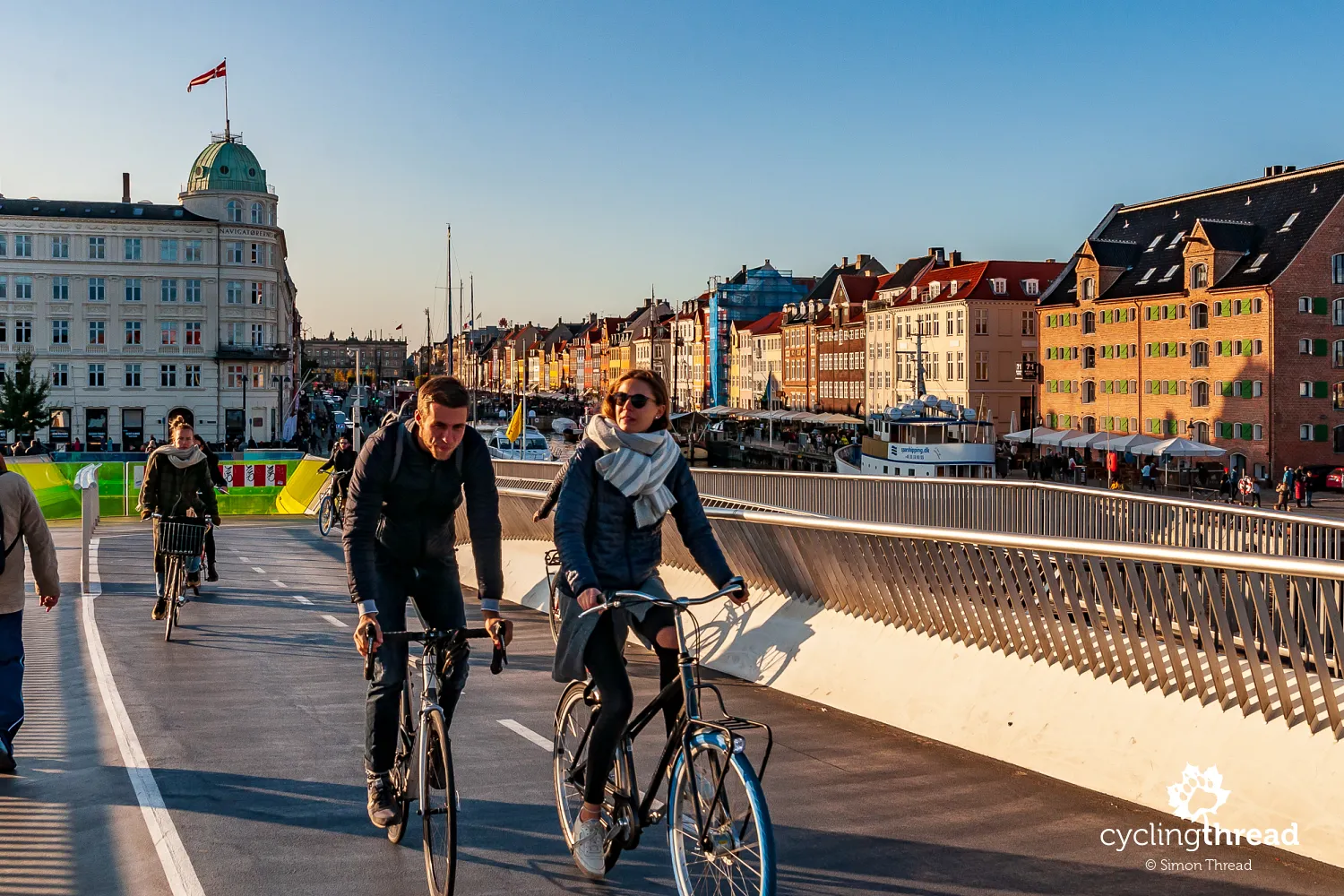
Drug delicacies in the surprising Christiania
A visit to the Inderhavnsbroen bridge is easy - it connects the often-photographed colorful quayside of Nyhavn with the intriguingly fascinating Christiania. From a place full of historic, harbor traditions, we move to a painfully contemporary atmosphere that seems to slowly slip away from recognized standards and diverge from the original image that made Christiania popular for many years. Thousands of tourists today meander through the streets of this artistic settlement, surrounded by gangsters - straight out of TV series about motorcycle gangs - selling hard drugs from tall, bar tables. In broad daylight, in the capital of a European Union country, one can probably purchase any narcotic delicacy. Hashish, marijuana, cocaine, LSD, and other natural or synthetic drugs from around the world - all offered from small containers, easy to flee with before a police raid.
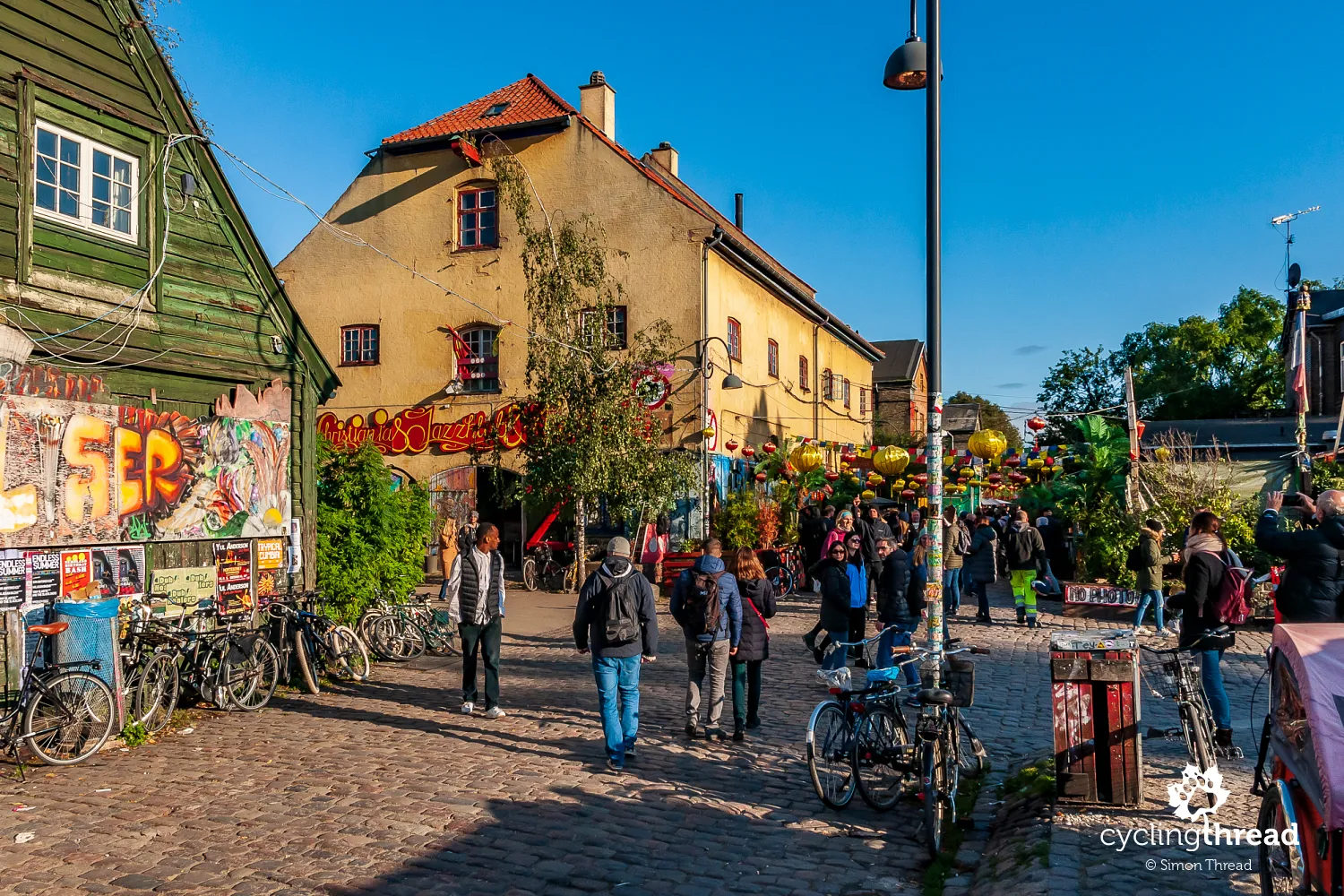
A police operation in Christiania right before my eyes
Literally before my eyes, a police operation unfolded in Christiania. A compact group of fully equipped officers stormed into Christiania towards a square where, just moments earlier, the drug trade was bustling, and one of the local toughs crudely warned me not to try taking photos with the camera in my hand. Against the backdrop of colorful murals with pacifist messages, the bygone era of flower children mixes with global organized crime. The scenes I witnessed were among the most astonishing during our travels, though I'd be hard-pressed to say they provided me with any travel satisfaction.
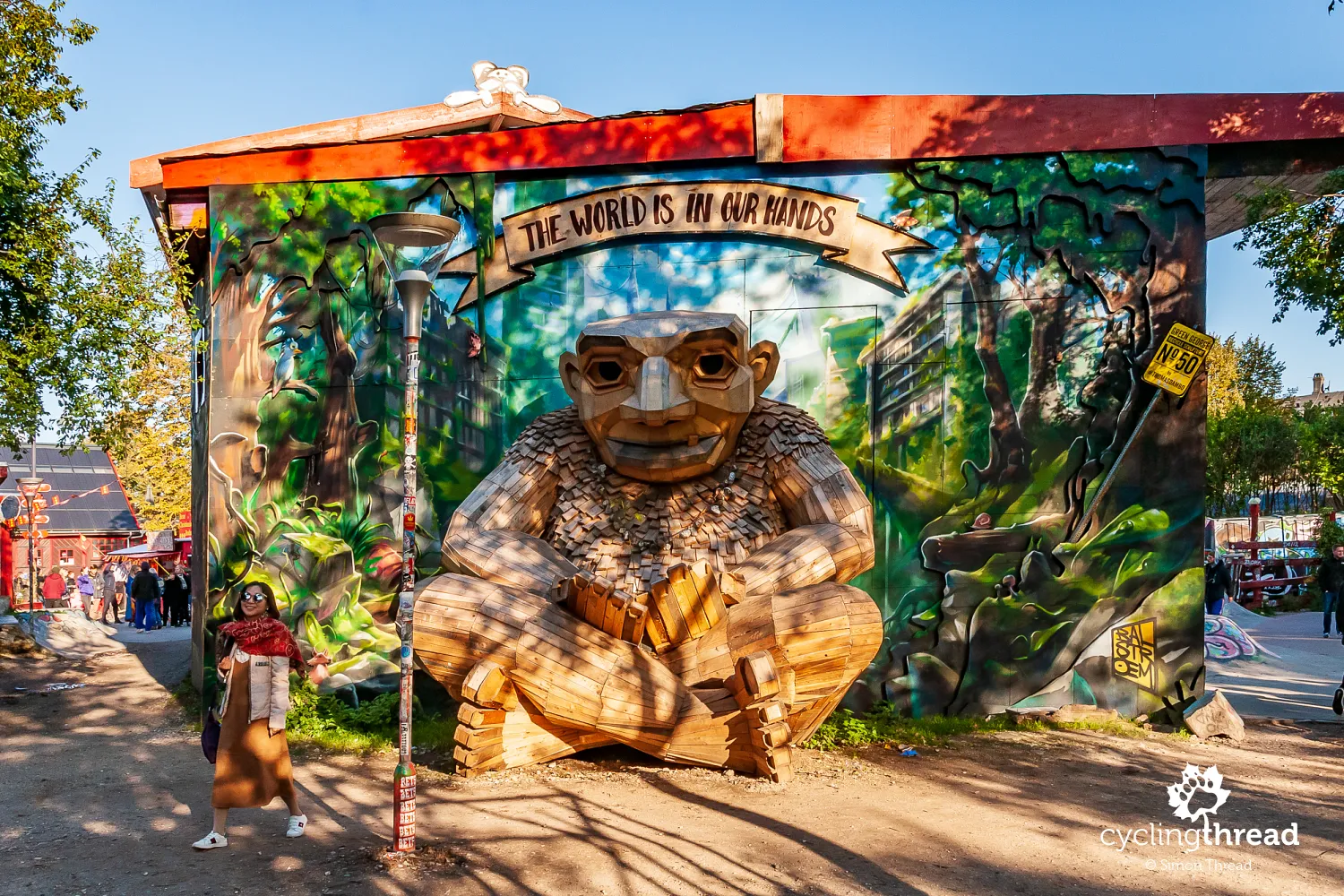
A bicycle bridge that connects three shores
In Denmark's capital, I rode over another of Copenhagen's unique bicycle bridges, which emphatically shows that anything is possible when urban bicycle policy is backed by agile, competent individuals. This time it was the Trangravsbroen, dubbed the "butterfly" bridge due to the shape of its elevated spans. The unique practicality of Trangravsbroen lies in its ability to connect three canal shores, rather than the standard two. Observing such an exceptional approach to the construction of urban cycling infrastructure, it's no wonder that Copenhagen has become the godmother of the term "Copenhagenization."
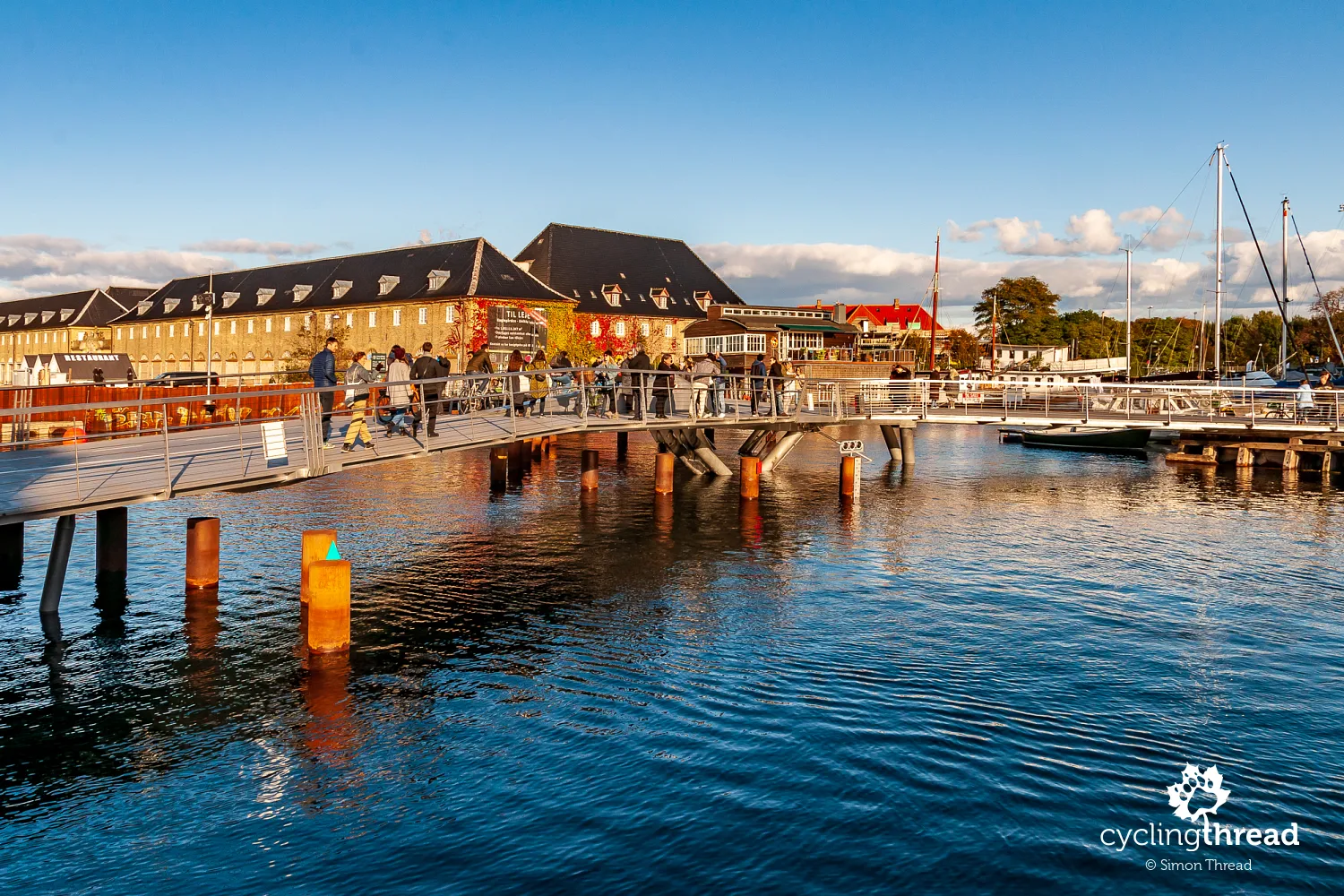
The most visited place in Copenhagen
Through Trangravsbroen, and then the aforementioned Inderhavnsbroen, I arrive at Nyhavn - Copenhagen's calling card, the most popular sight of the Danish capital. Nyhavn is a harbor canal with streets running along both sides, which in the past served as fishing quays, also for loading and trading goods. Today, Nyhavn is primarily a place for entertainment and dining, as well as a showcase area, with the quay also used for displaying historic 200-year-old ships. It's probably also the most crowded place in Copenhagen - on a Saturday autumn afternoon, it was hard to make my way through.
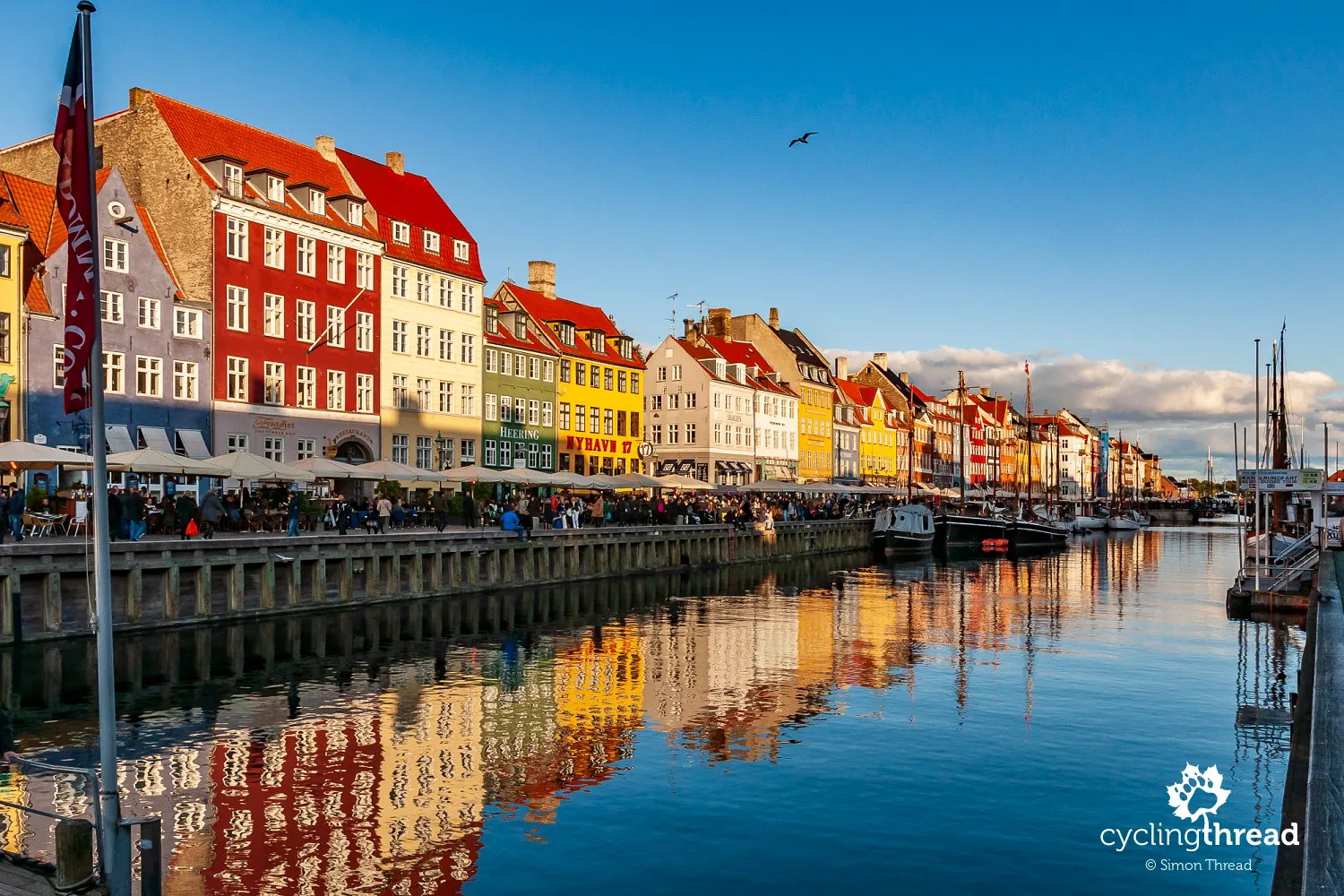
A ski slope on the roof of a waste-to-energy plant
Amager Bakke, a new waste-to-energy plant, enjoys a completely different kind of attraction, fitting seamlessly into the fresh, Scandinavian perspective on ecology. Named Copenhill, it's built in the shape of a hill - its sloping roof serves as a year-round ski slope, as well as a running trail and a viewpoint over Copenhagen. The technologies used aim to position Amager Bakke as the world's cleanest in terms of combustion products released into the atmosphere. I headed straight to Copenhill from a kite festival on a nearby beach, but I got there at the wrong time - instead of a view of Copenhagen from the top of the building, there were summer skiing competitions by Red Bull on a plastic surface, with limited access to the facility.
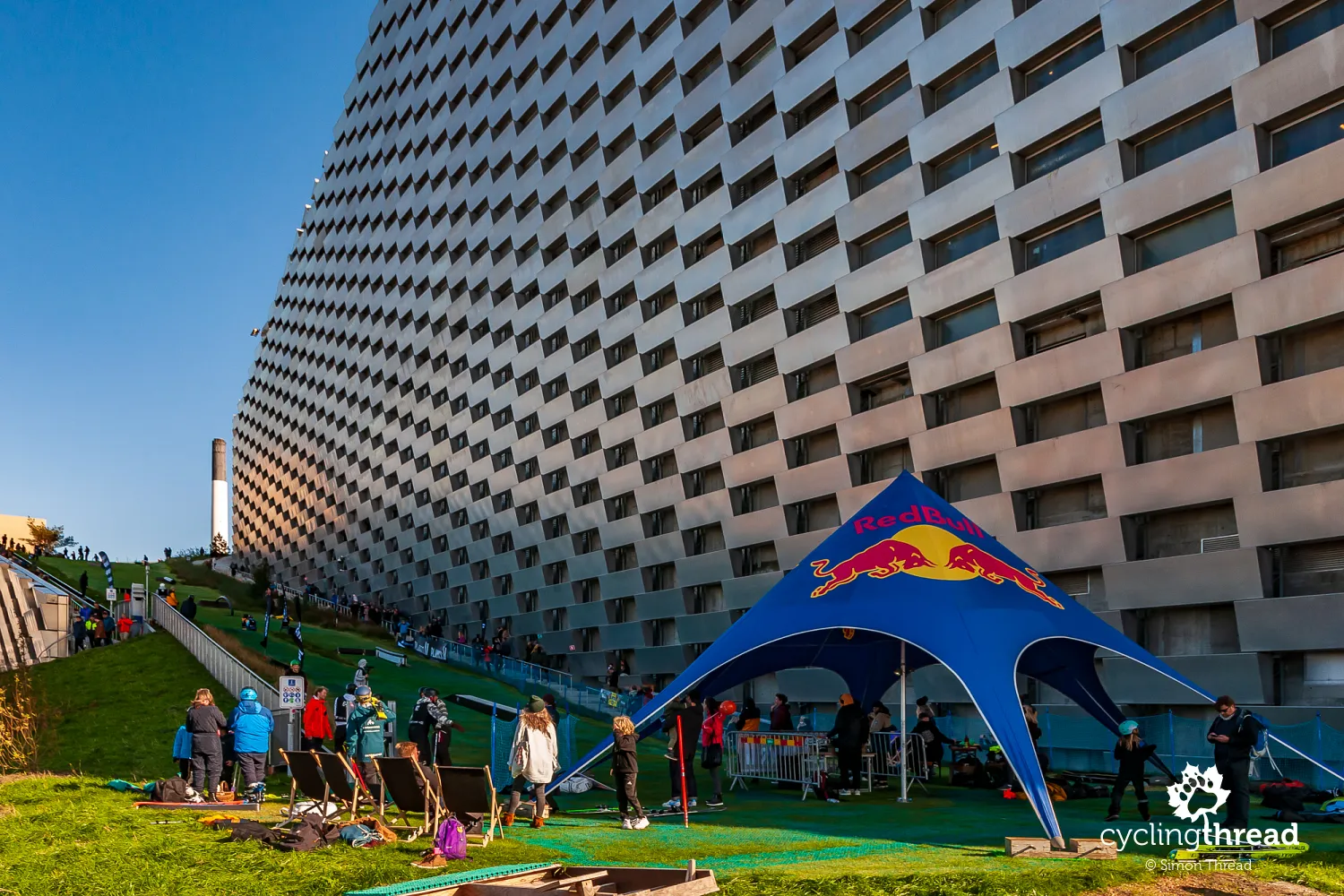
Reffen - a street food festival in Copenhagen
After the competitions at Copenhill, many spectators headed just a few hundred meters away to Reffen - to former industrial port areas, where a startup enclave and… a continuous organic street food festival have emerged. And so, to my cycling trip around Denmark, I added a culinary exploration of the world. Dozens of food stalls at Reffen offer dishes from many corners of the globe, after which you can sit back in a comfortable lounger by the main Copenhagen canal right next door and enjoy the autumn sun. I couldn't resist a huge plate of Filipino food, but I didn't have time for a chill afterward.
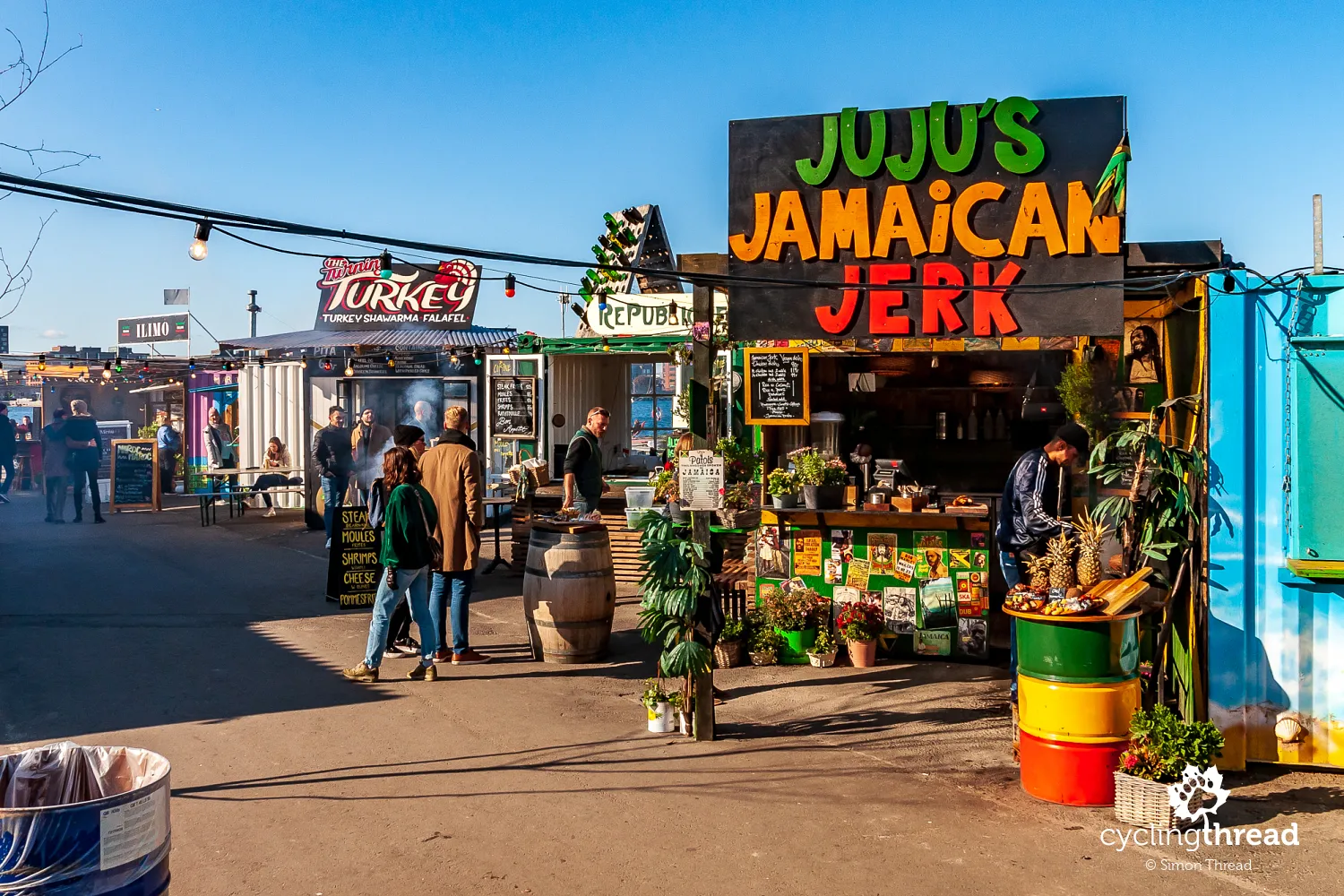
One of the most overrated attractions
Before leaving Copenhagen, I made a point to visit the Little Mermaid statue. The scene I encountered vastly differed from the picturesque views found in guidebooks. On a Saturday afternoon, the Little Mermaid was surrounded by hundreds of people, all waiting for their turn to snap a commemorative selfie. Moving from the route of Copenhagen's contemporary attractions, showcasing a lively, modern European capital, I was brought back down to earth by a sad example of overtourism, of which I was a part at that moment. Upon returning from Denmark, I found information stating that the Little Mermaid in Copenhagen had been deemed one of the most overrated attractions in world tourism. Quite… rightly so.
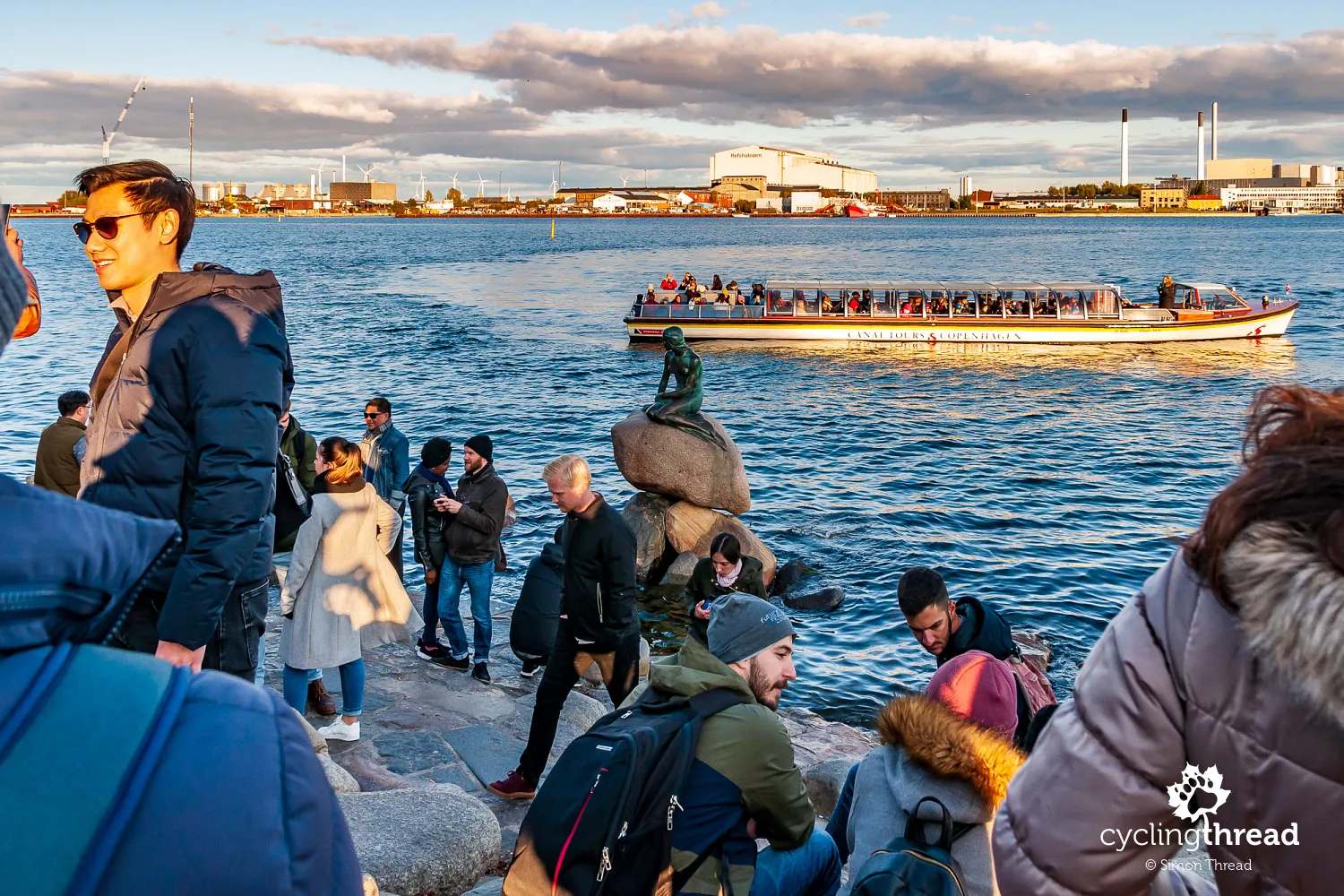
Copenhagen's bicycle culture over monuments
I can't say that I've toured Copenhagen. Instead of exploring the city's attractions, I observed Copenhagen's bicycle culture and admired its bicycle bridges. It was truly extraordinary to see that in Copenhagen, really everyone rides bikes - from ordinary people commuting to the office daily, parents with children in the baskets of stylish cargo bikes, to Asian food delivery riders with colorful backpacks. From the sporty attire of the latter to elegant suits and women's high heels. I will surely see Copenhagen's most important monuments someday - this time, bikes, cyclists, and bike culture were more attractive to me.
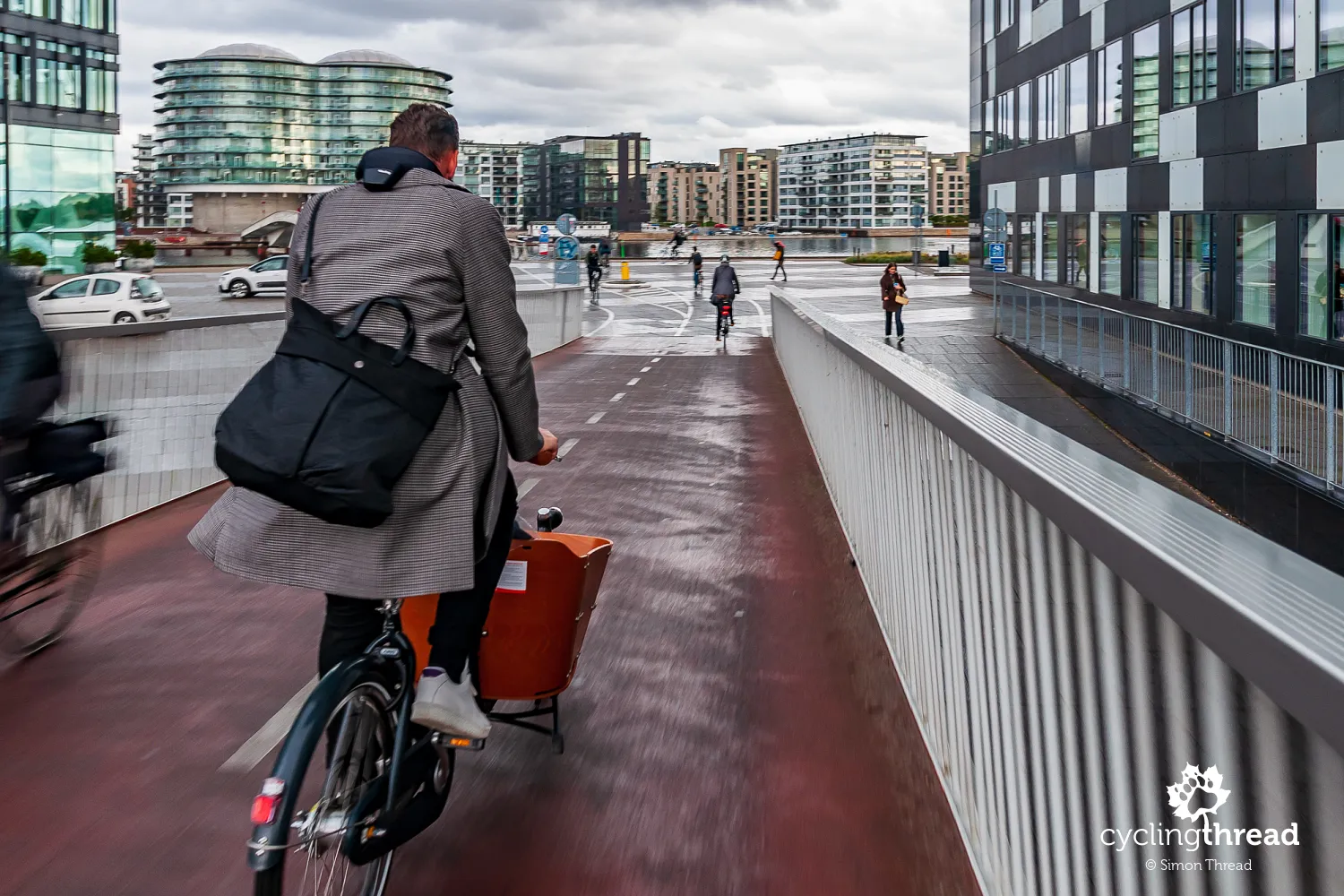
A Danish museum of art in public space
The first stop on my short journey along the EuroVelo route around the Baltic Sea was the small town of Køge, where I wanted to see an unusual museum of art in public space. Surprised by a cycling tourist, the proud curator presented me with one of the purposes of this place - to gather sketches and designs of artworks that are admired daily in many public spaces and museums across Denmark. On the top floor, a collection of seventeen huge colorful sketches by the Danish artist Bjørn Nørgaard is displayed. The sketches, depicting the history of Denmark, were used to create a collection of tapestries given as a gift to Queen Margrethe II of Denmark for her fiftieth birthday in 1990. These tapestries now adorn the interiors of the Christiansborg Royal Palace in Copenhagen.
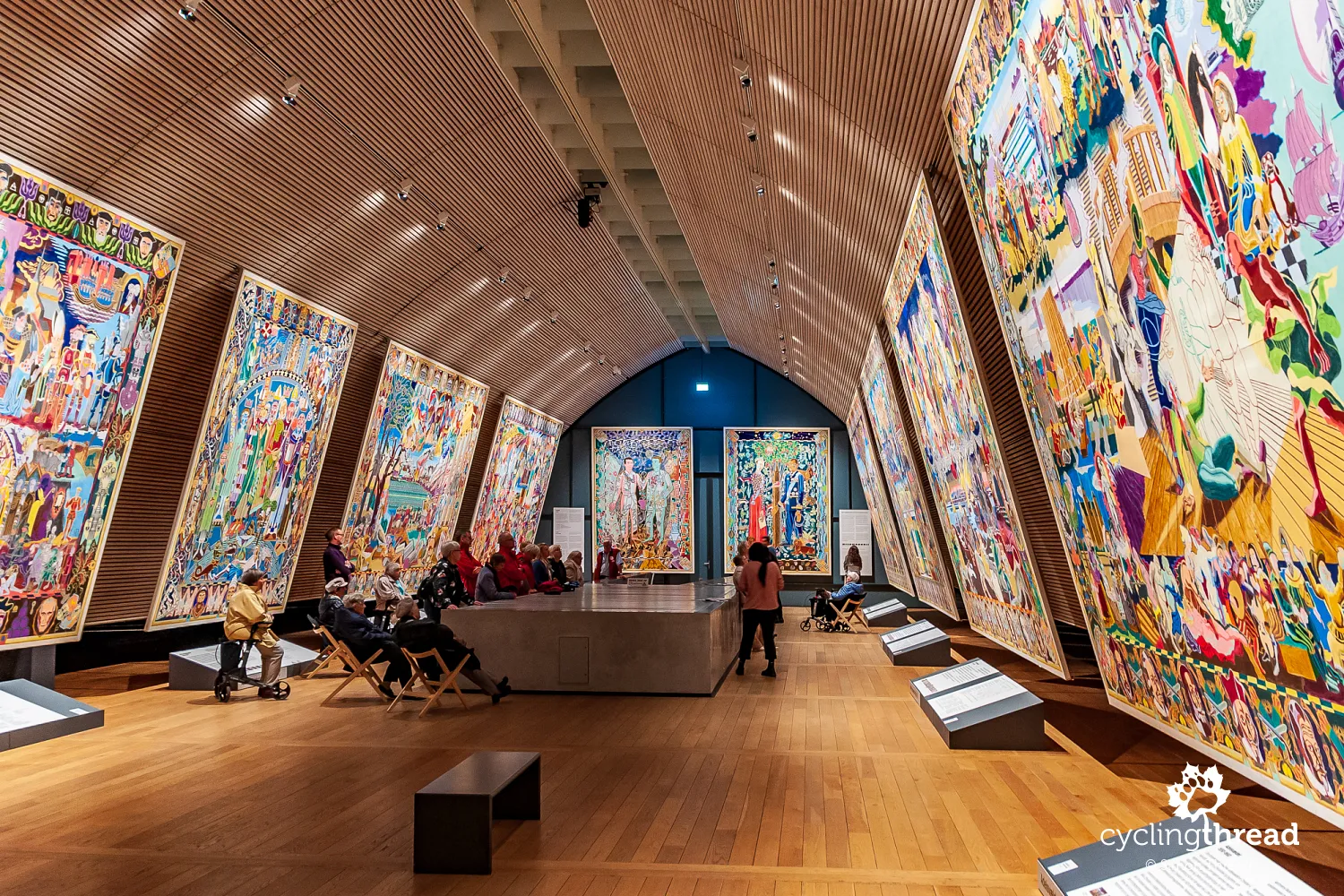
No beach windscreens, kebab stands and music
Almost a hundred kilometers from departing Copenhagen, I finally reached the Baltic Sea. The sound of the waves was not drowned out by the cacophony of the city - it was beautifully empty and peaceful again. On the Danish coast, the view of the sea is not obscured by any unsightly pensions and hotels, there are no hordes of tourists rushing in the morning to enclose their piece of the beach with a windscreen, no kebab stands, waffles, and cotton candy, no blaring tacky music from which residents flee. It feels as if mass tourism has never reached here, and the Danish Baltic coast belongs exclusively to ordinary residents in their sometimes extraordinary homes.
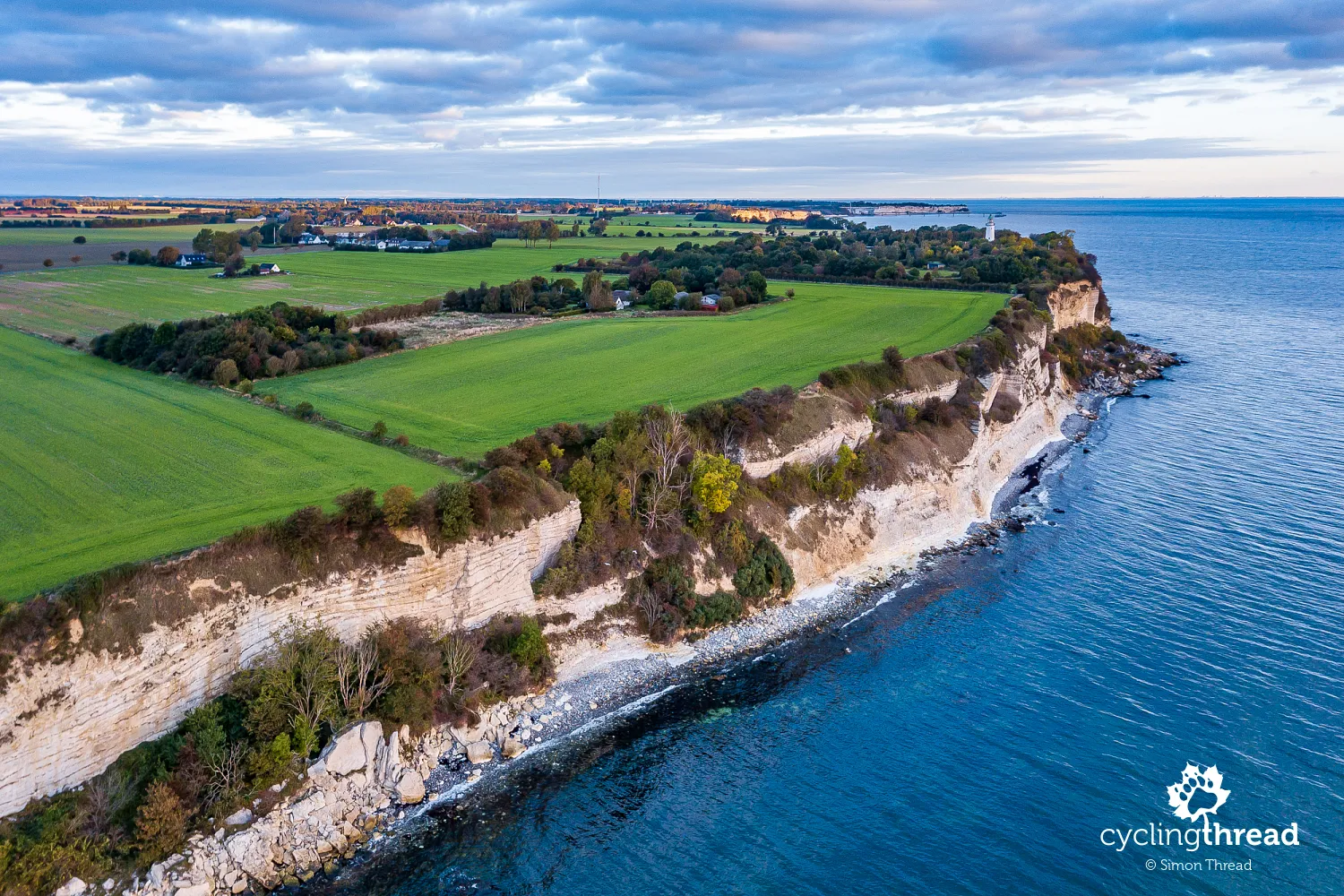
Colorful houses built from Baltic cliff
It was a local cyclist I met during my ride who drew my attention to these ordinary-extraordinary Danish homes. Indeed - as I started to pay closer attention to the facades of the houses, often thatched and colorfully painted, beneath the layer of plaster and paint, I began to notice the irregular boundaries of the stone blocks from which the houses were built. These were limestone blocks from the Stevns Klint cliff, towards which I was heading. In this way, thousands of nearby homes, farm buildings, and even palaces and residences were constructed.
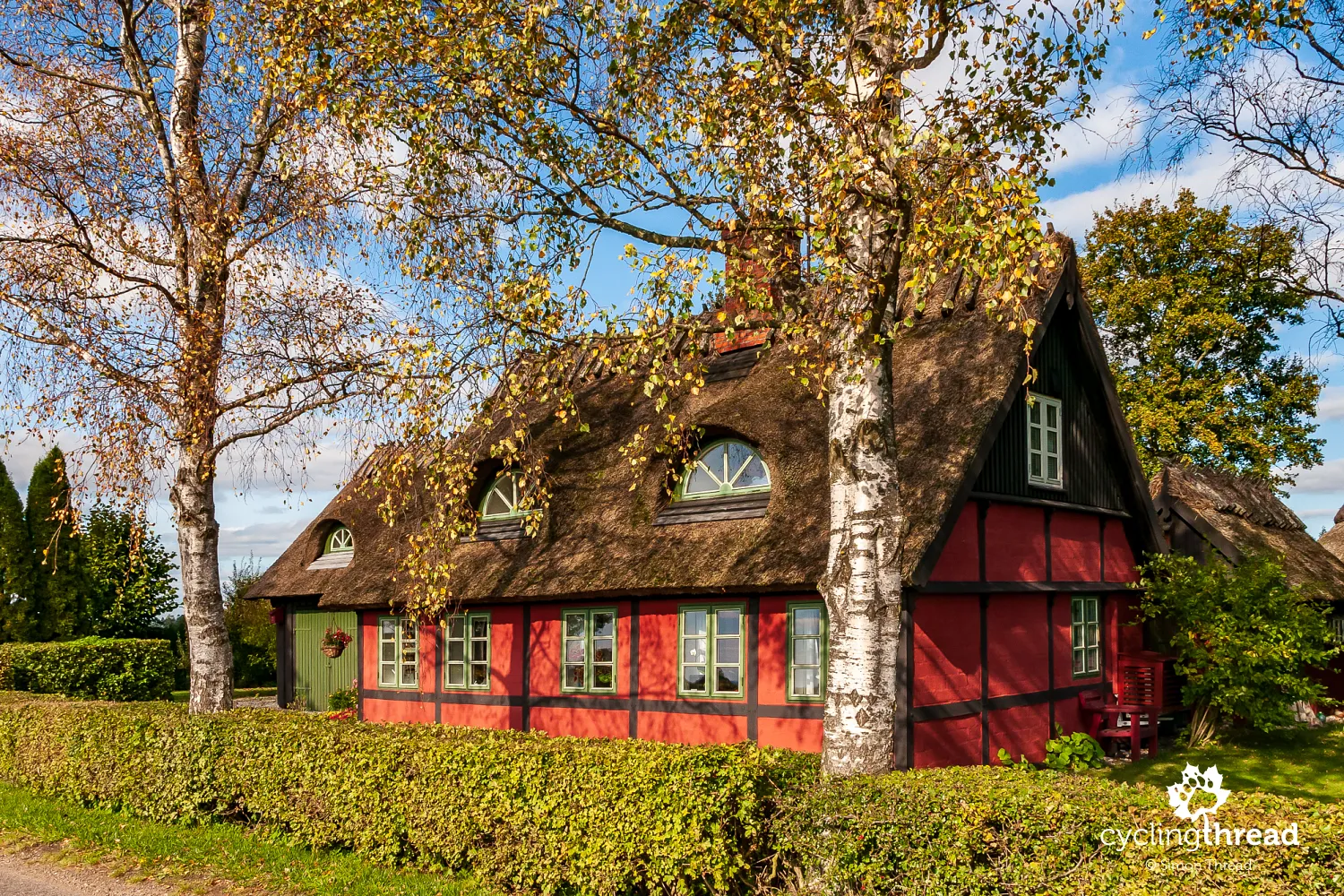
The key to the house was waiting on the door
That evening, I didn't meet my accommodation's host - the key and brief instructions were left for me in an envelope on the door of a small guesthouse. In the light of the lamps, under the early autumn dusk, I saw that I was standing in the courtyard of an old, traditional farmhouse tastefully converted into a cozy lodging place. The small rooms were filled with antique furniture, and entering required a duck of the head to fit through the low doors. I slept in an old, wooden bed with a high frame, pleasantly surprised by the unexpected ambiance of the place. The accommodation price, available on the Booking.com website, turned out to be attractive as well.
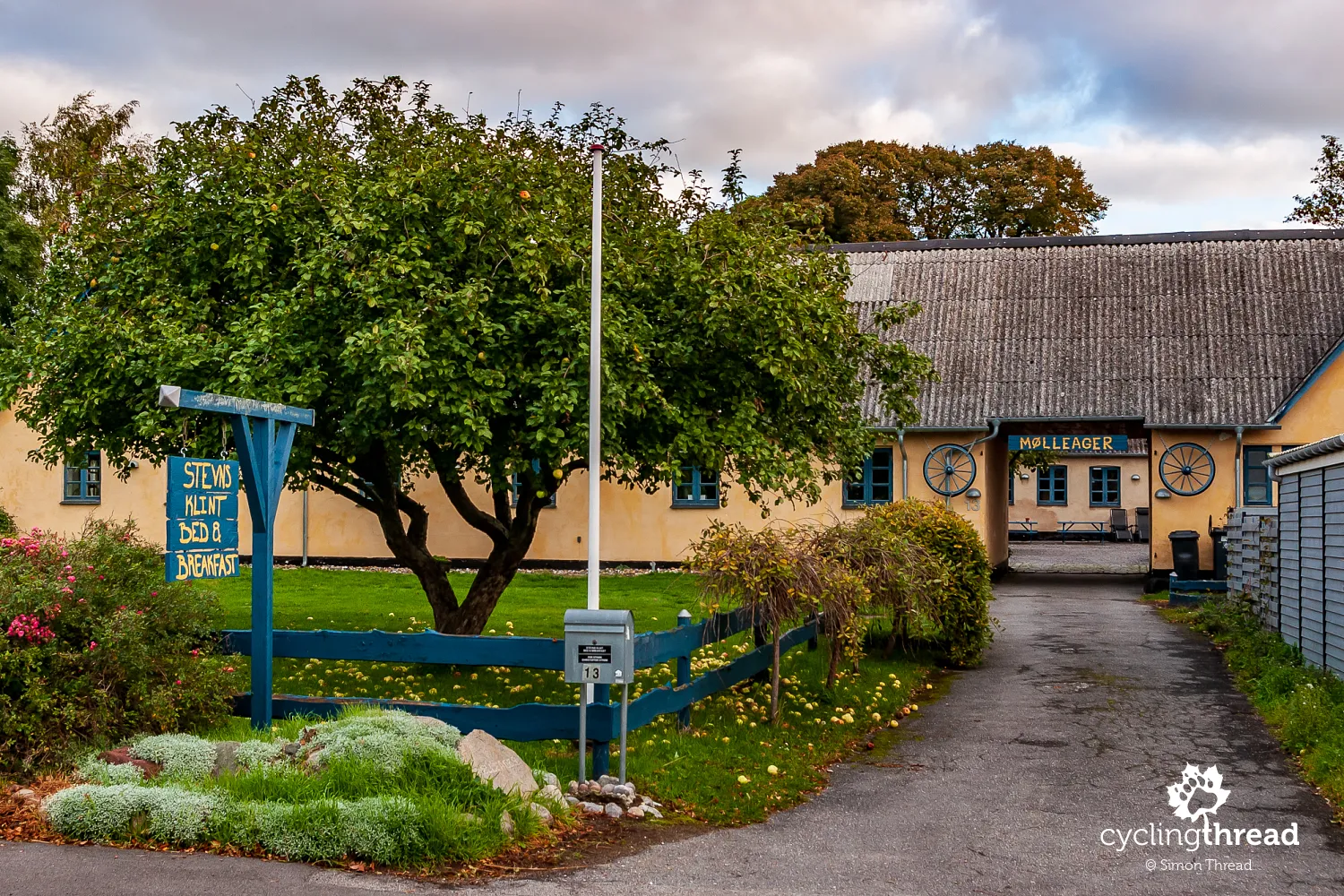
A picturesque cliff on the UNESCO Heritage List
However, I couldn't sleep in that night. I watched the sunrise from the UNESCO-listed Stevns Klint cliffs, just a few hundred meters from my guesthouse. The 15-kilometer-long rock face is one of the best accessible places in the world that expose the boundary between the Cretaceous and Tertiary rock layers, the so-called K-T boundary. In the darker layer that divides the cliff wall into two parts - the lower chalk and the upper limestone - lie remnants of the dust and debris cloud that, according to scientists, covered the Earth 66 million years ago following an asteroid impact at what is now the Yucatán Peninsula. Just a steep descent down the stairs to the beach and a few dozen meters walk brings you within arm's reach of this absolutely extraordinary geological trace of events from an unimaginably long time ago.
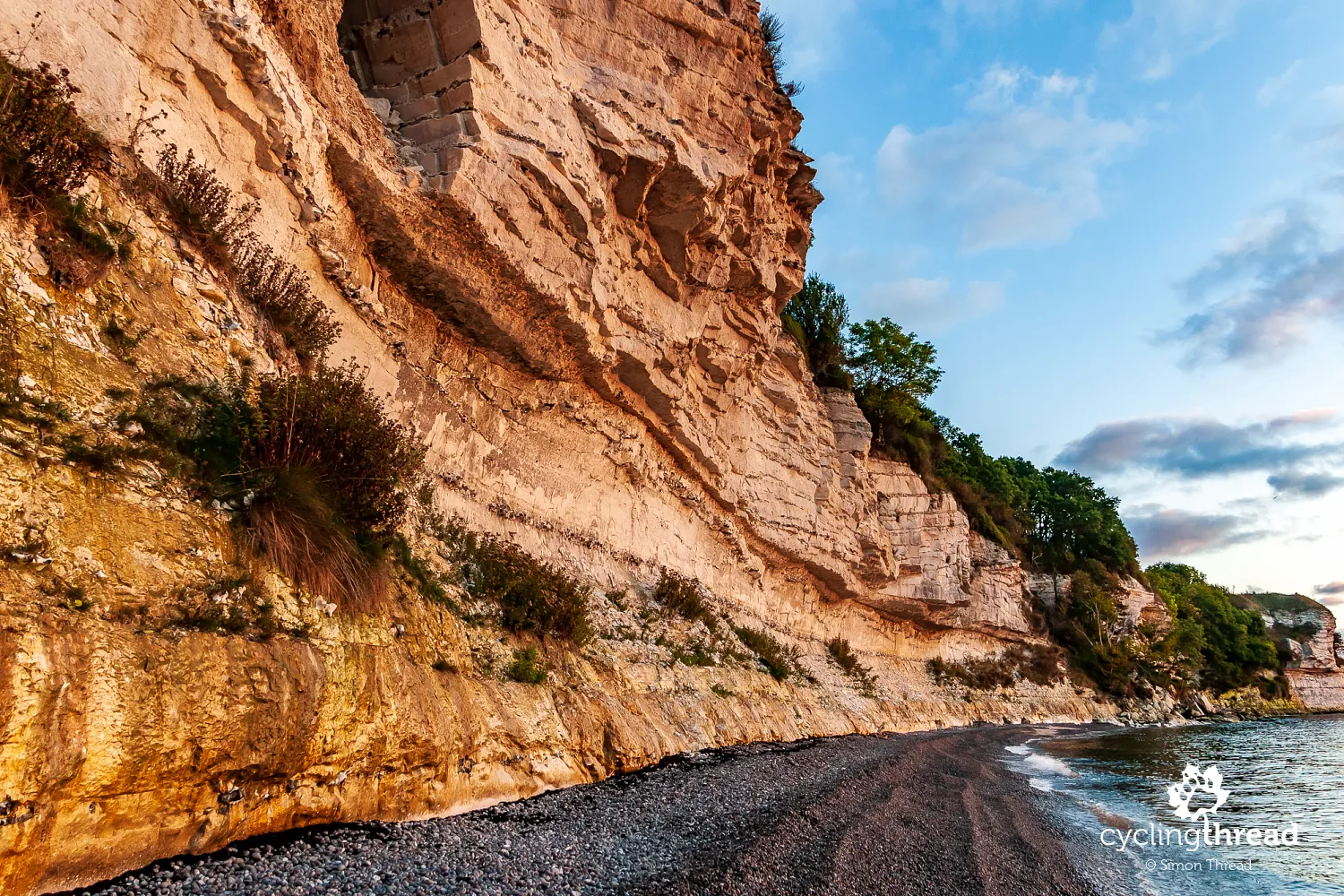
But there's more to see here than just the impressive cliff coastline. Above the rock face stands the old Højerup Church built of cliff limestone, whose chancel slid into the waters of the Baltic Sea along with part of the cliff in 1928. Since then, the cliff has been reinforced, and the church has become one of the most recognizable attractions on Denmark's coast. It was worth losing some sleep to watch how the bright silhouette of the church changed color with the sun rising from the waters of the Baltic. During my autumn journey, I was completely alone here, with the picturesque cliff, the black beach at its foot, and the church hanging over it all to myself.
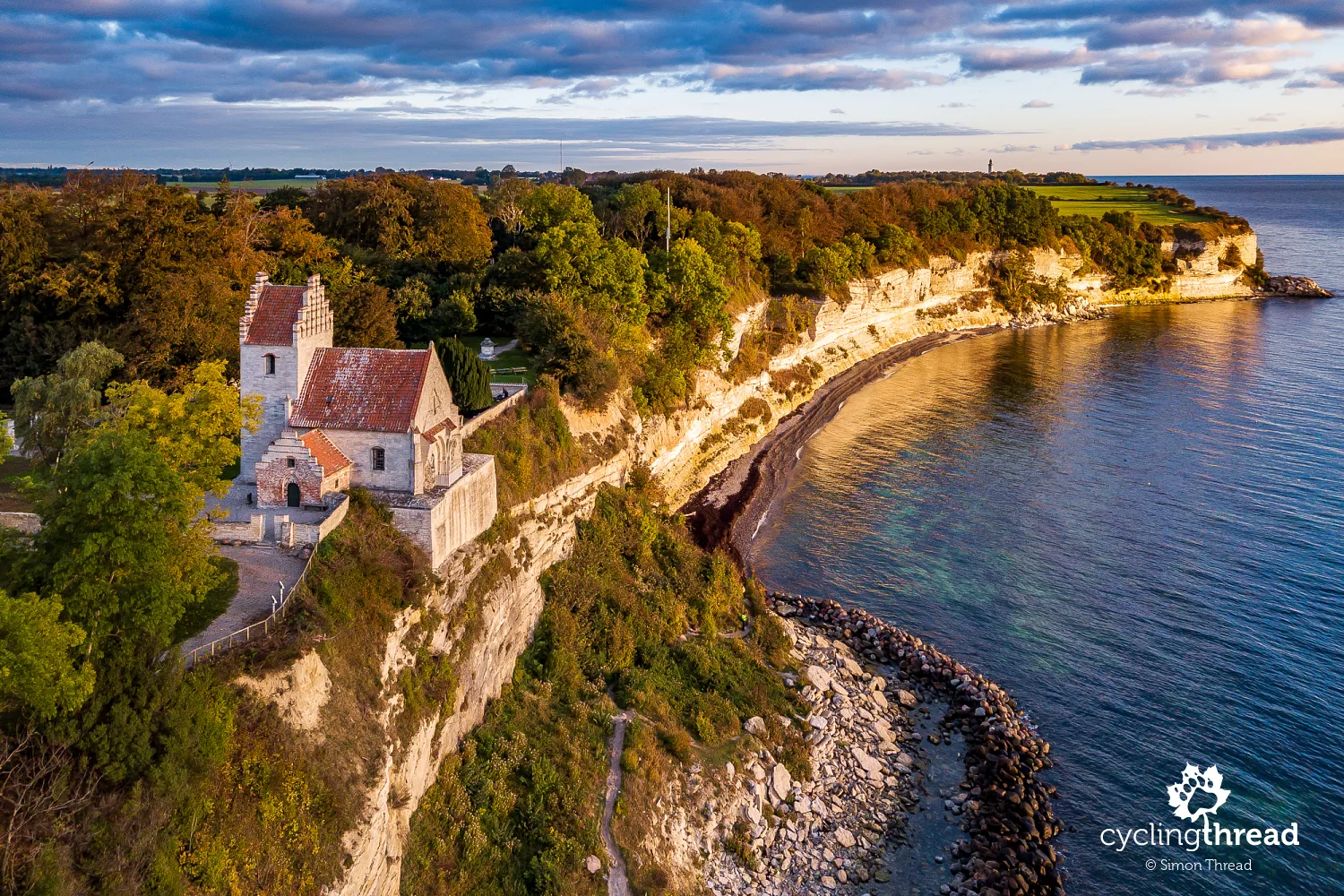
One of NATO's most important military bases
The geographical location over the Øresund Strait and a short distance from Copenhagen has given this segment of the Baltic coast a very special military significance for years. In 1952, one of NATO's most important military bases was built here to protect Western Europe from an invasion by Warsaw Pact forces. The Stevnsfort military base also had the task of controlling the movement of naval units entering and leaving the Baltic Sea waters. The length of the underground corridors, designed to protect the fort's crew from a possible nuclear attack and now part of the museum complex, exceeds one and a half kilometers. Stevnsfort remained an active military facility until 2000, making it a relatively young museum establishment.
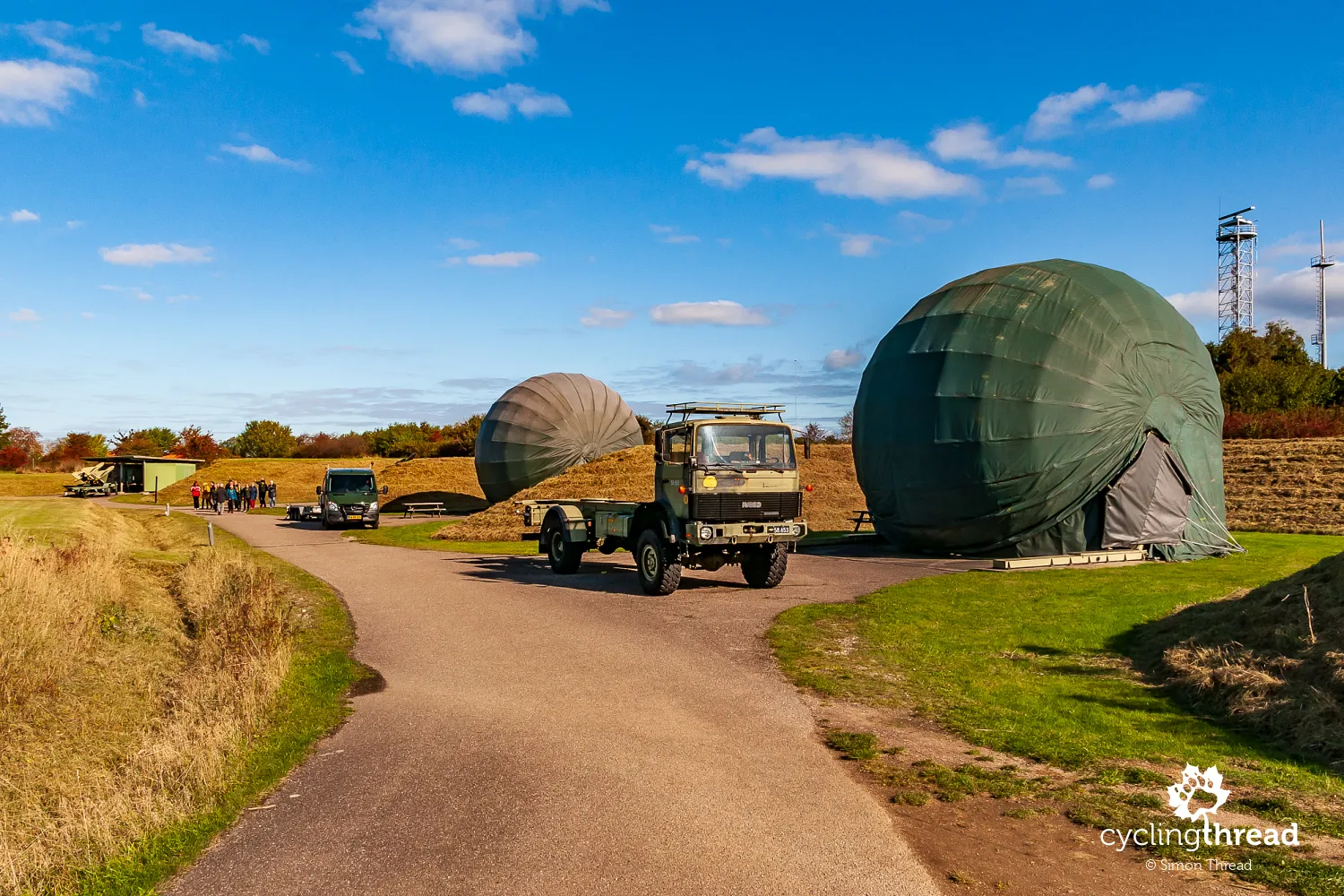
Special roadside lanes for cyclists
On Zealand and the island of Møn, the European bicycle route around the Baltic Sea rarely runs on dedicated bicycle paths, which, however, does not lessen the safety of cycling. Because on roads with heavier traffic, solutions appear that we've previously seen in the Netherlands or on test sections of roads in the Tuchola Forest. These are wide road shoulders for bicycles painted on both sides of the road, leaving a single lane in the middle for cars traveling in both directions. Cars pass or overtake using the space designated for cyclists for a short time, then return to the middle lane. It's an interesting way to protect cyclists, which we should see more often on less busy roads.
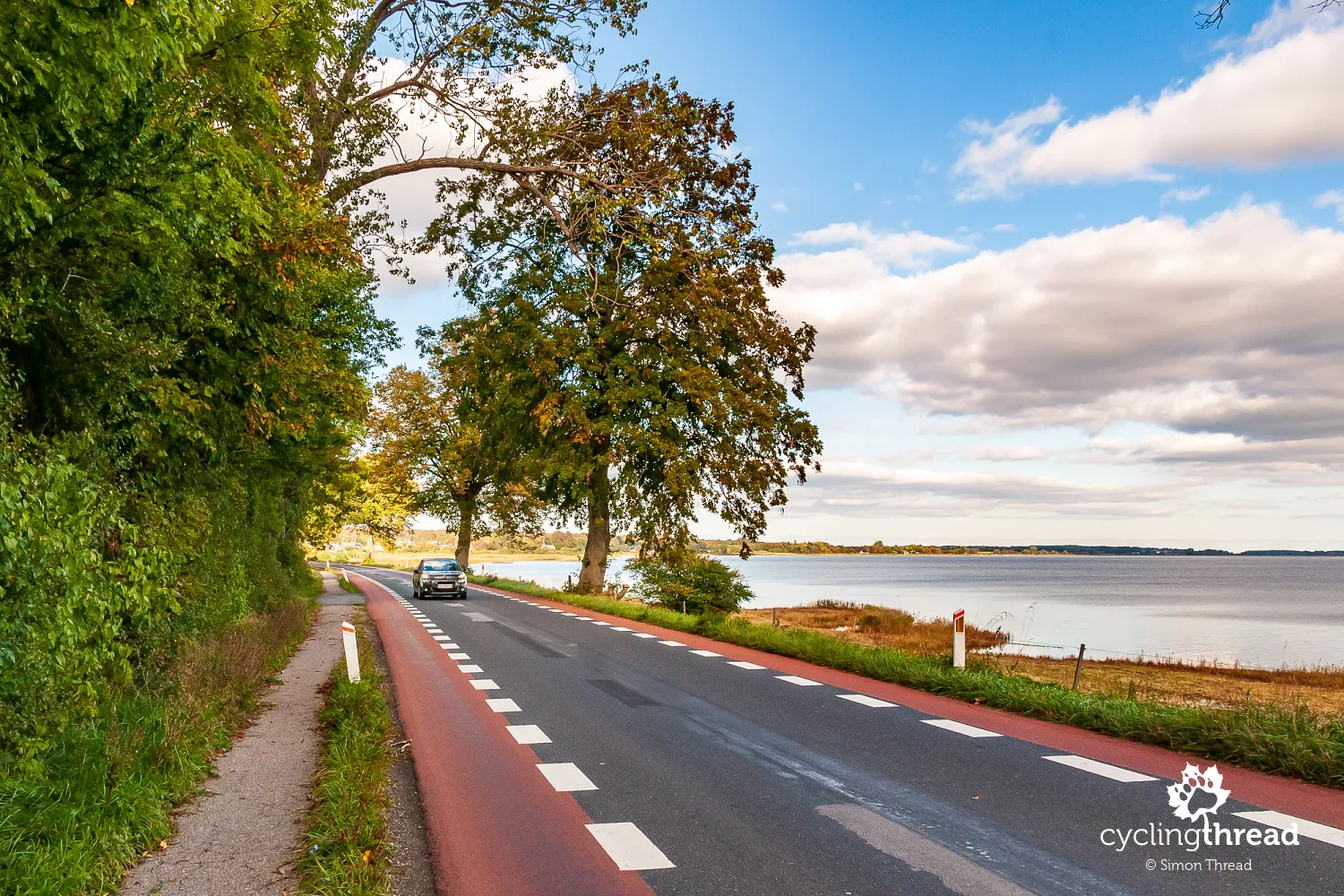
Beautiful gothic churches along the way
Traveling through the Danish part of the European bicycle route around the Baltic Sea is diversified by Gothic churches of various sizes. Sometimes constructed from limestone blocks from the Baltic cliffs, other times built in a traditional brick style, they appear as very well-preserved relics from many centuries ago. The church in Præstø, dating back to the early 14th century, seemed most exceptional to me. In the early 16th century, three large chapels were added to the main nave, giving the building a quite unique appearance. Original medieval churches can also be seen in Valløby, Stroeby, and Roholte.
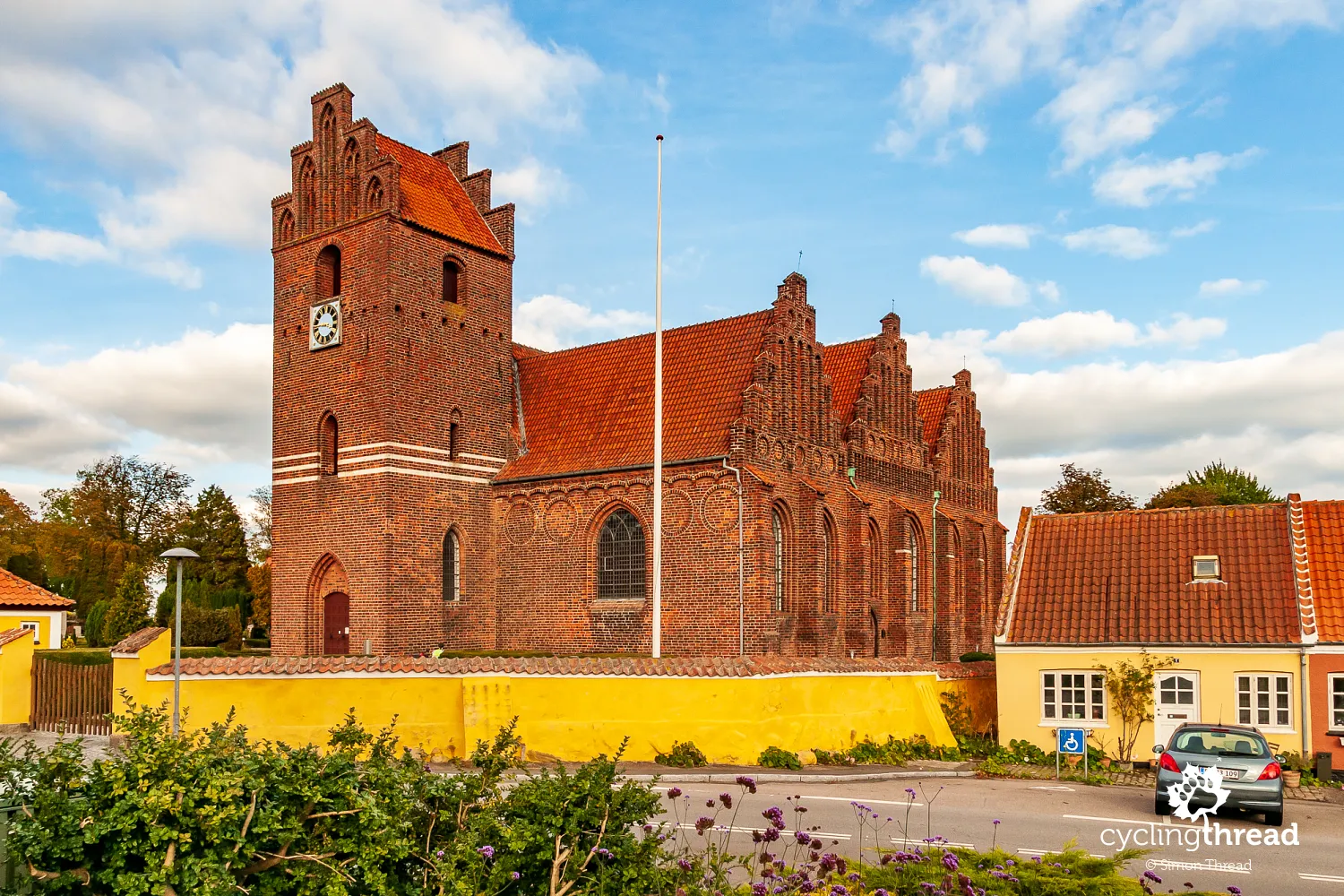
The highest cliffs over the Baltic Sea
Stevns Klint cliffs, reaching "only" 40 meters in height, are three times lower than those located a few dozen kilometers away - on the island of Møn - the highest cliffs over the Baltic Sea. Møns Klint cliffs soar up to 130 meters high, and in size and beauty, these chalk cliffs even eclipse those on the German island of Rügen. In 2007, the GeoCenter Møns Klint was established - a modern educational facility telling the story of Møns Klint, located near the highest parts of the cliff. It’s worth noting that while the GeoCenter is visited by hundreds, perhaps thousands of tourists, a few kilometers to the north, there’s a less, or maybe even completely unpopular descent to the Baltic beach, where contact with the spectacular cliffs can be closer and more personal.
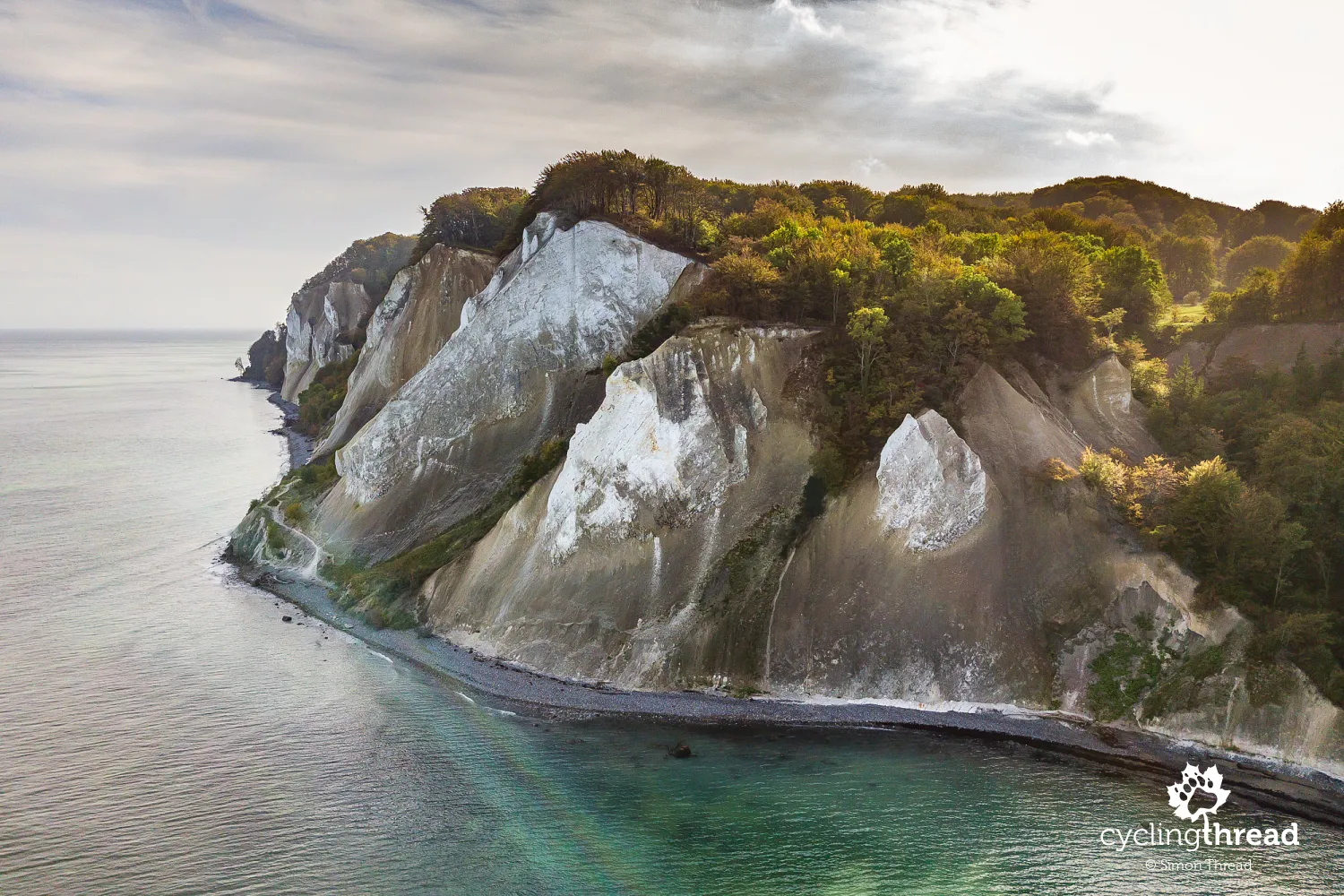
Part of the GeoCenter Møns Klint is a multimedia exhibition titled "Where Denmark was born," which attractively presents the geological history of the Danish state. Part of the exhibition includes traces of Plateosaurus found in eastern Greenland, thus territory belonging to the Kingdom of Denmark. And if you have the opportunity to plan the moment of your visit to Møns Klint, the best time is definitely in the morning or at least the first part of the day, when the cliffs are illuminated by the rising sun. In the afternoon, the cliffs located on the eastern part of the island hide in the long, dark shadow they cast over the Baltic Sea.
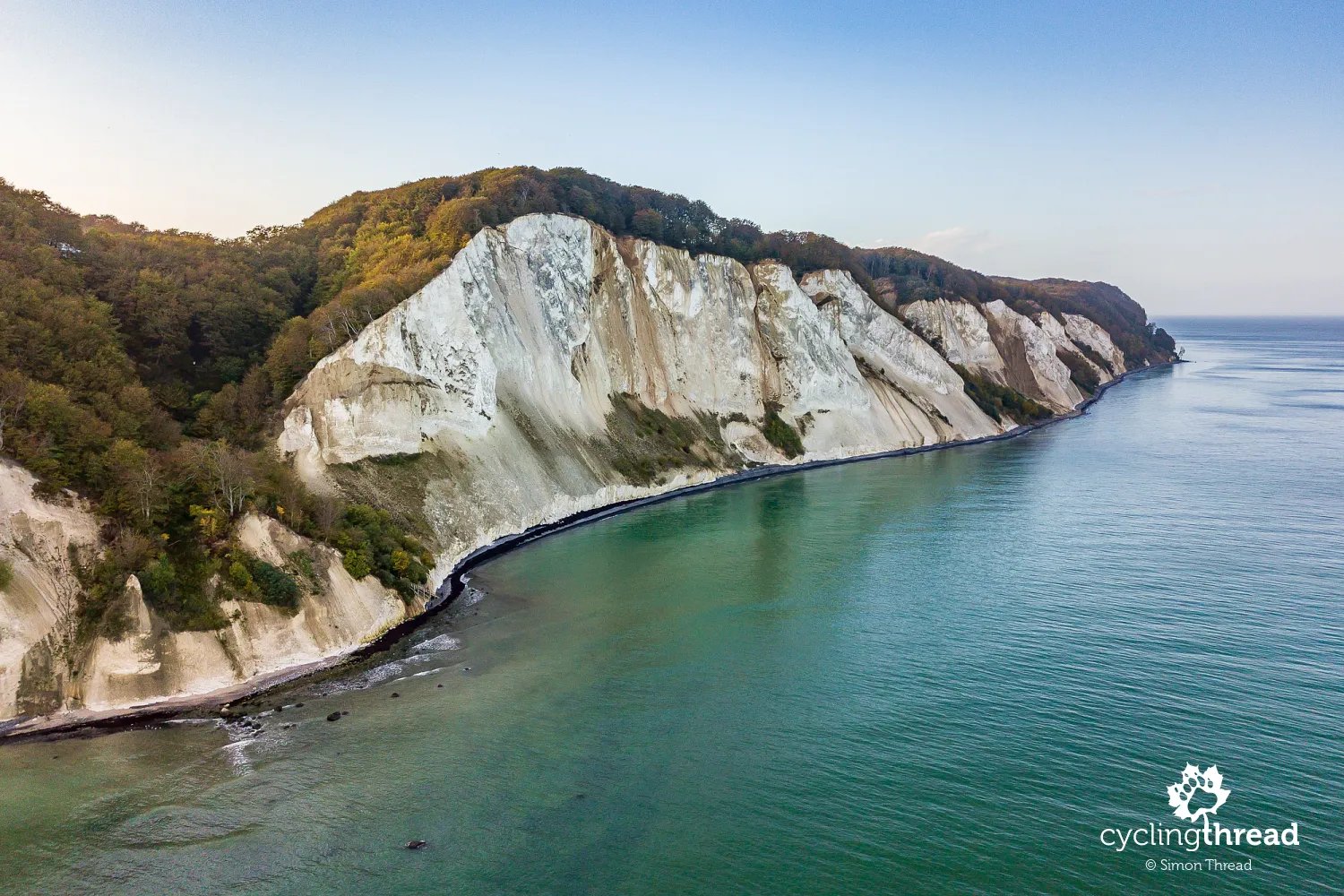
An unpleasant solution outside the summer season
Now, information that will be particularly useful for travelers who intend to travel through Danish EuroVelo 10 in autumn or spring. You should know that the ferry between the localities of Bogø and Stubbekøbing (i.e., between the islands of Bogø and Falster) operates only during the summer period. So, already in early autumn, you may find that you are limited only to a bridge several kilometers away, which, in turn… cannot be crossed by bicycle. The solution will be finding someone who can help by transporting the bicycle by car. I do not recommend attempting the few kilometers of motorway connecting Copenhagen with the south of the country. Without a doubt, such a situation on the route is very unfriendly, potentially exposing cyclists to danger or the high costs of a fine.
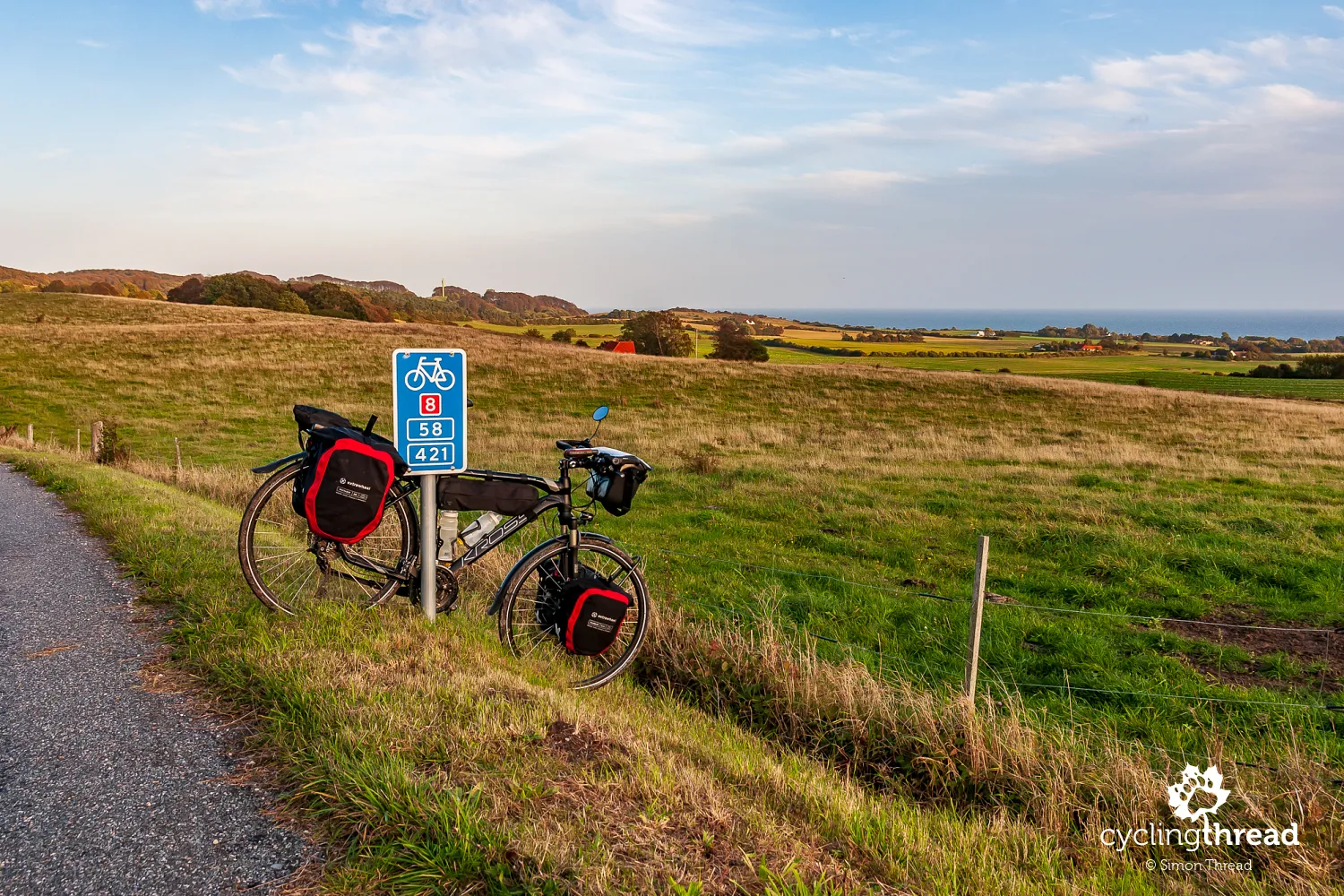
Scenic natural trails along the Baltic waters
However, once you get to the island of Falster, perhaps the most pleasant segment of the entire journey along the Danish Baltic coast awaits you. A large part of the EuroVelo 10 route running along the eastern coast of Falster consists of natural, exceptionally charming forest trails. Sometimes they take the form of a normal forest road, where the sea rustles behind a curtain of trees, and sometimes it's a narrow path led just two or three meters from the lapping Baltic waters. It’s worth emphasizing that despite the lack of asphalt surfacing, everywhere is firm and comfortable - a bike with panniers poses no problem, although a child trailer might not fit in the narrow track.
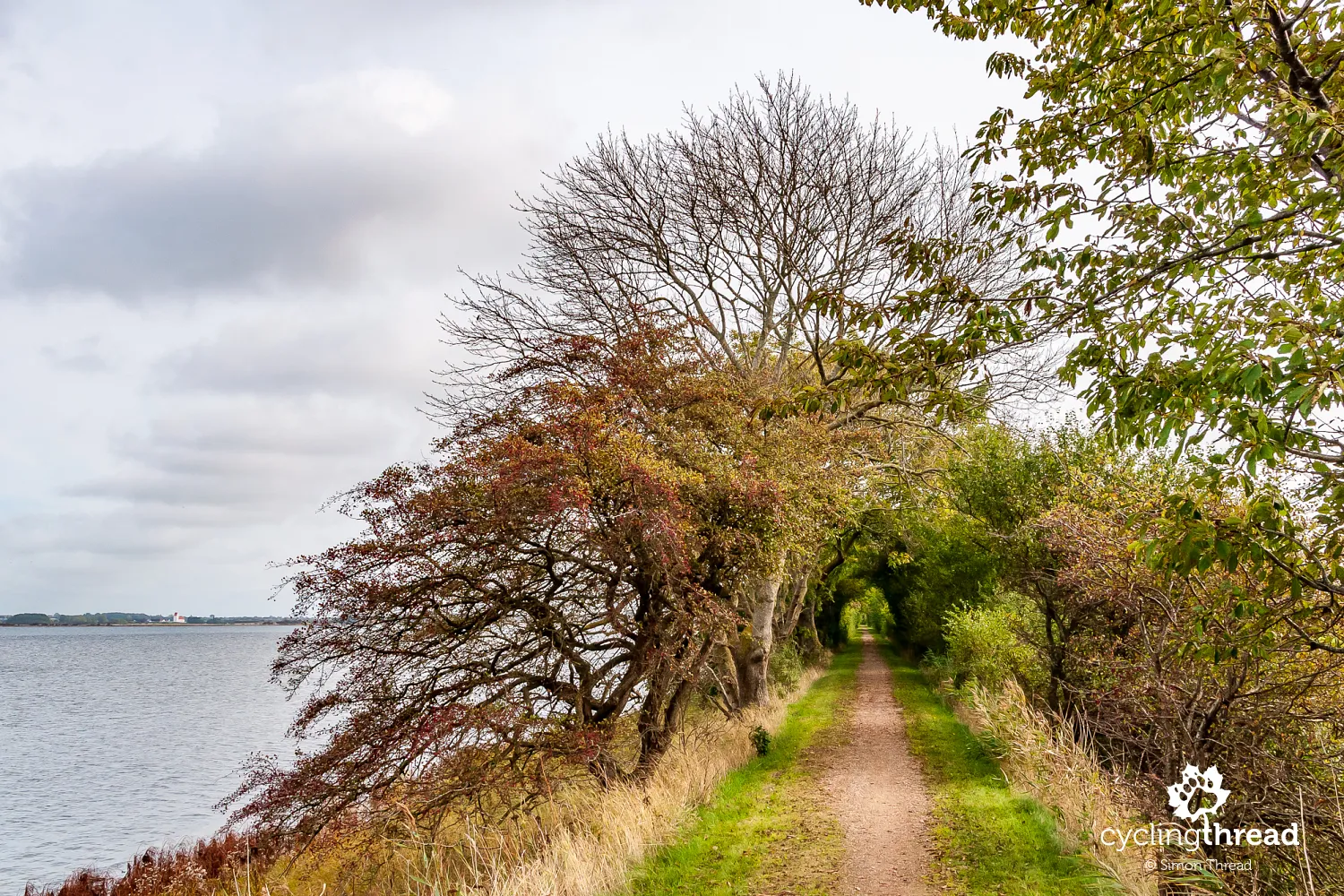
View of the world's largest cruise ship
And though this will no longer be Denmark but Germany, let me tip you off that during the ferry trip from Rostock to Gedser (or in the opposite direction), you should keenly observe the western bank of the Warnow River flowing into the Baltic Sea, close to the ferry terminal used by "our" ferry line. There, in the dry dock of the MV Werften shipyard, stands something that at first glance looks like a residential block, but upon closer inspection turns out to be... a massive residential part of the world's largest cruise ship currently under construction at the local shipyard. This gigantic structure will accommodate up to 2500 passenger cabins, embarking 5000 passengers on its voyage. And how can one be surprised by the sight of a crowd of tourists around Copenhagen's Little Mermaid?
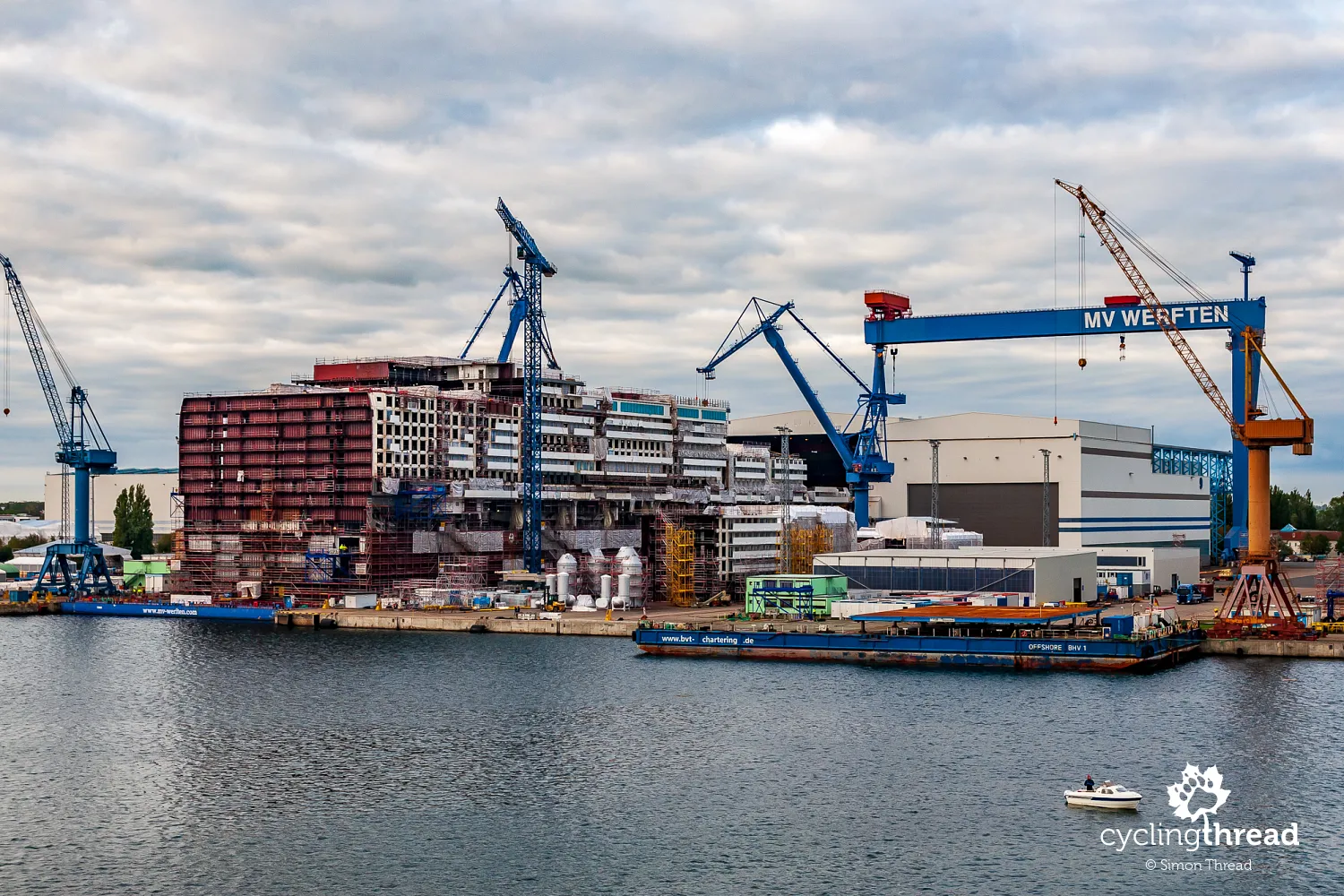
Another excellent coastal route
The Danish segment of the coastal EuroVelo 10 will appeal to all who enjoy traditional cycling routes. Many natural sections, a large part of the route runs along roads but with a dedicated bicycle lane, some parts on bicycle paths, and finally - a very close contact with the natural, seaside landscape. It seems that Denmark will offer something for every cycling tourist to enjoy. And Copenhagen will put the symbolic "icing on the cake" with its extraordinary cycling culture. I highly encourage you - be sure to add Denmark to your travel list.
Back to topHave a safe ride! 💚
Simon Thread
(Szymon Nitka)
I'm a passionate cycling traveler and the voice behind Cycling Thread. I explore Europe on two wheels, documenting the most scenic routes, inspiring places, and cyclist-friendly practices. My writing blends personal experience with practical insights and a deep love of travel. I'm also a contributor to National Geographic Traveler magazine.



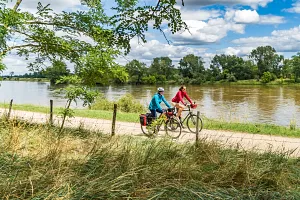
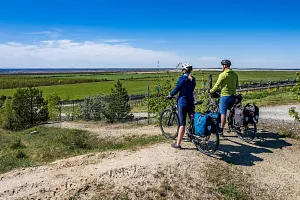
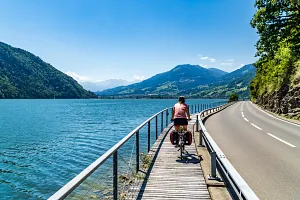
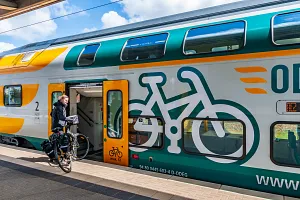
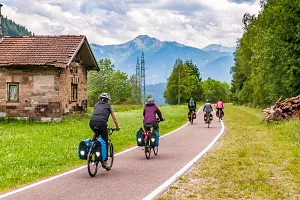
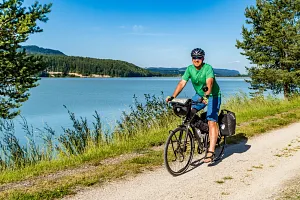
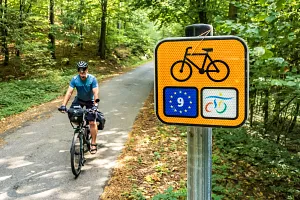
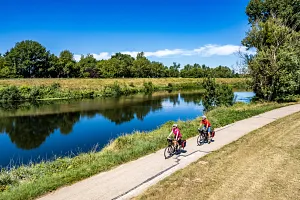
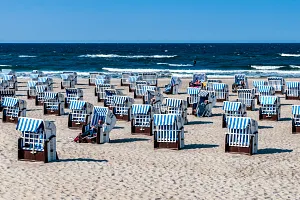
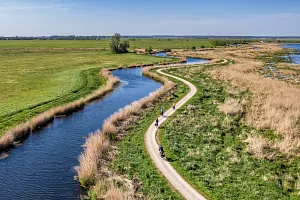
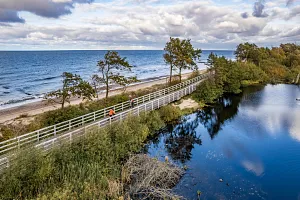

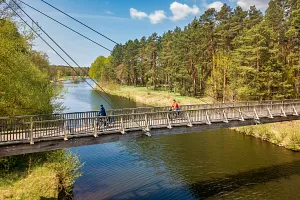
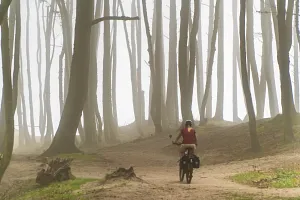
Your Comments
Add new comment